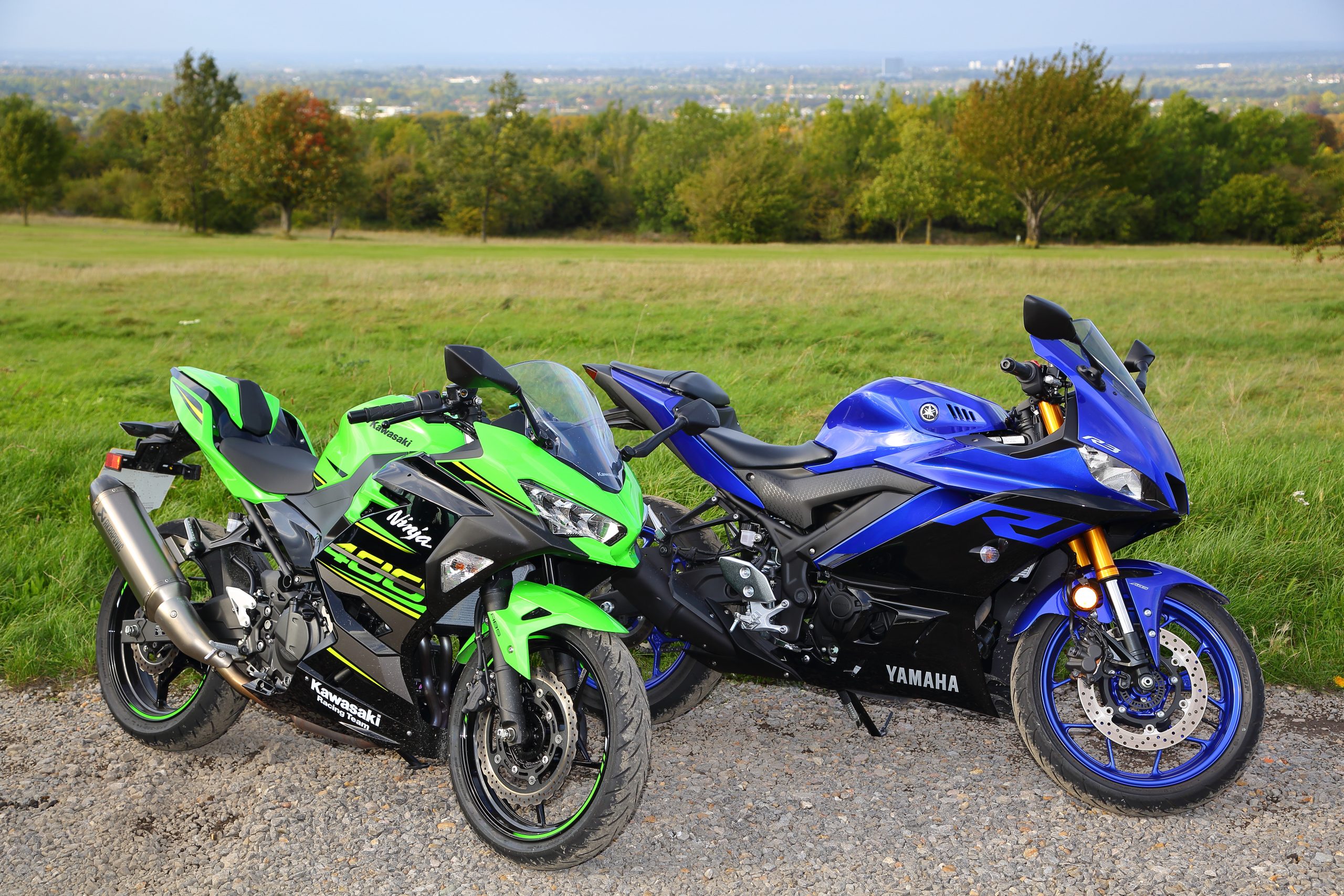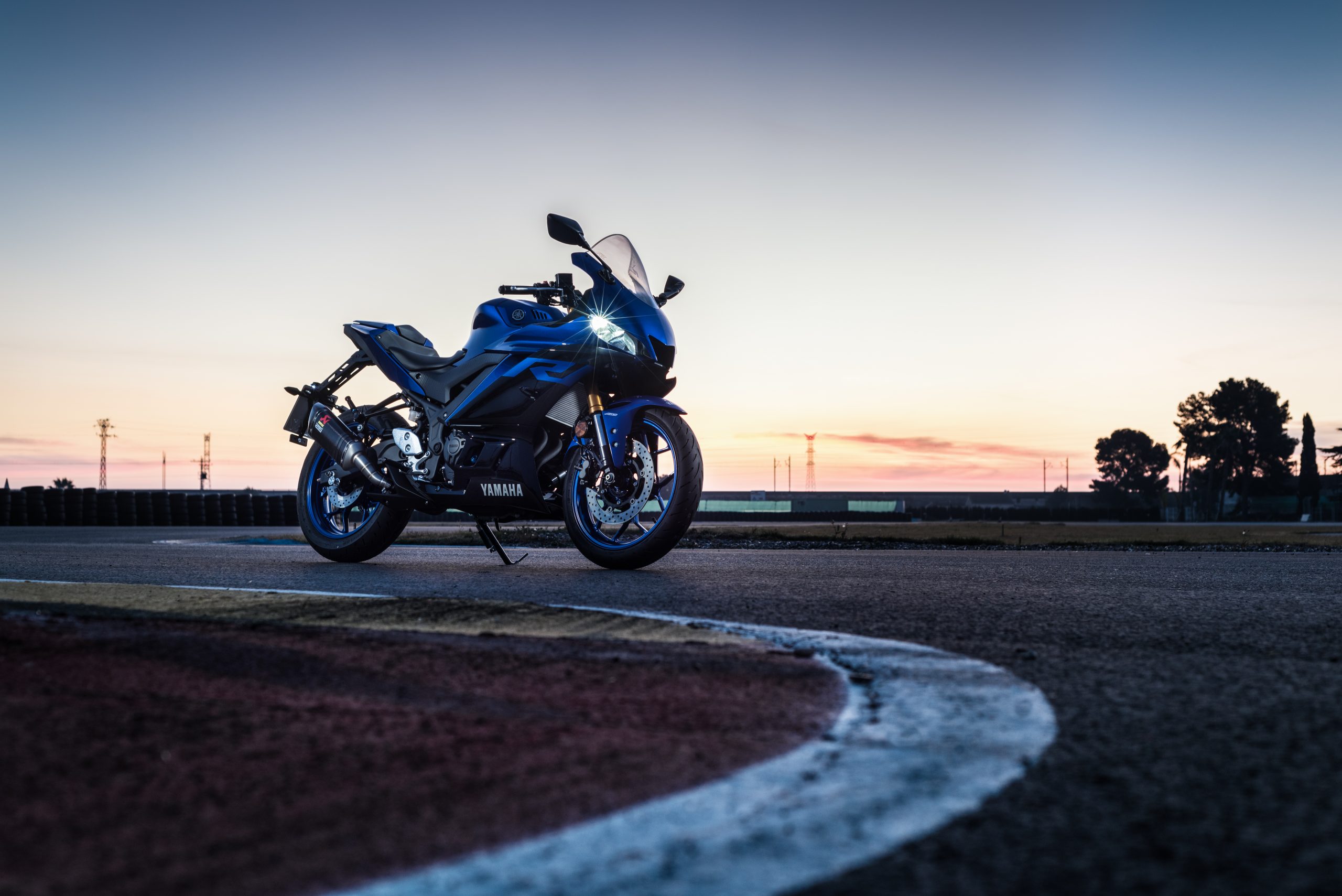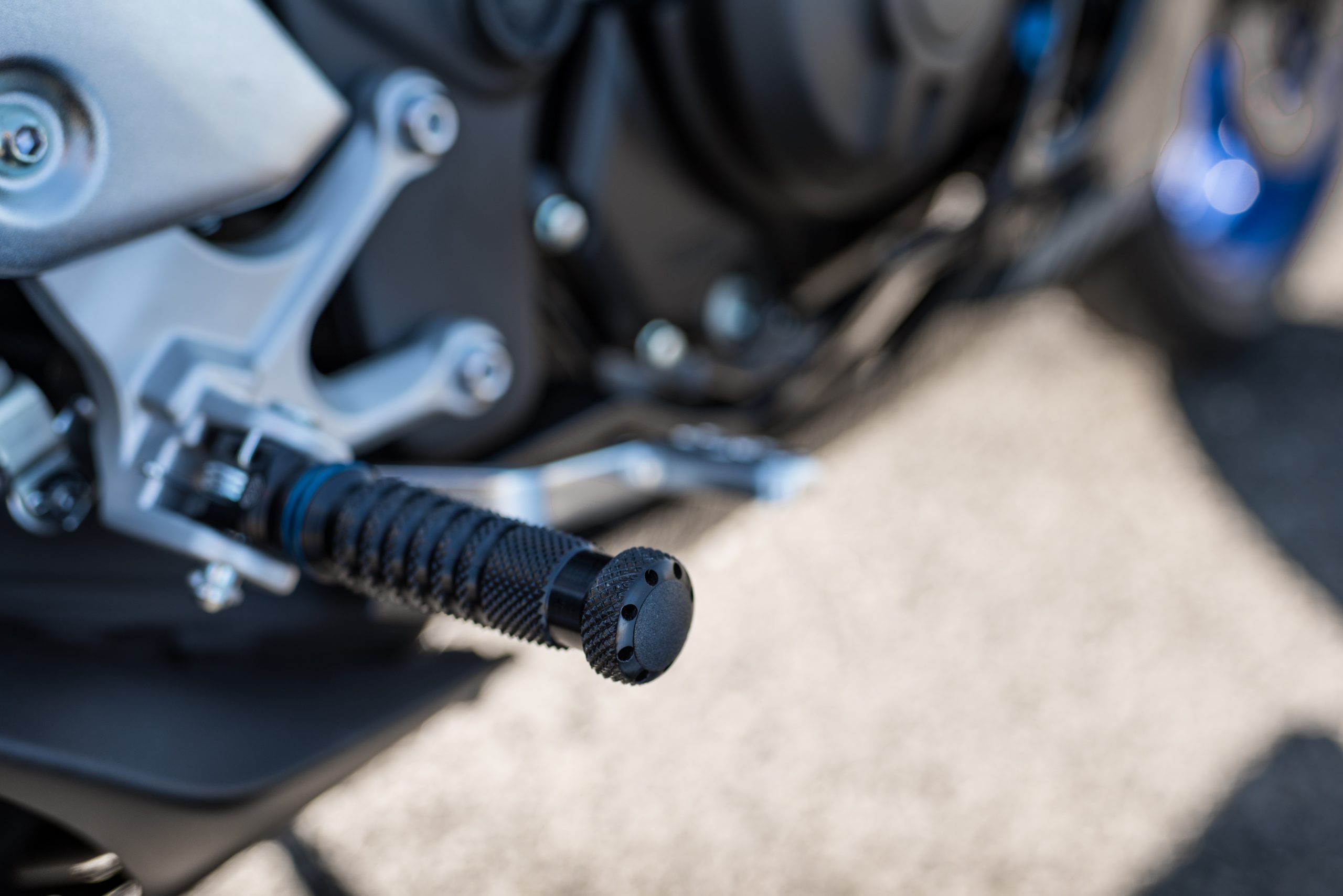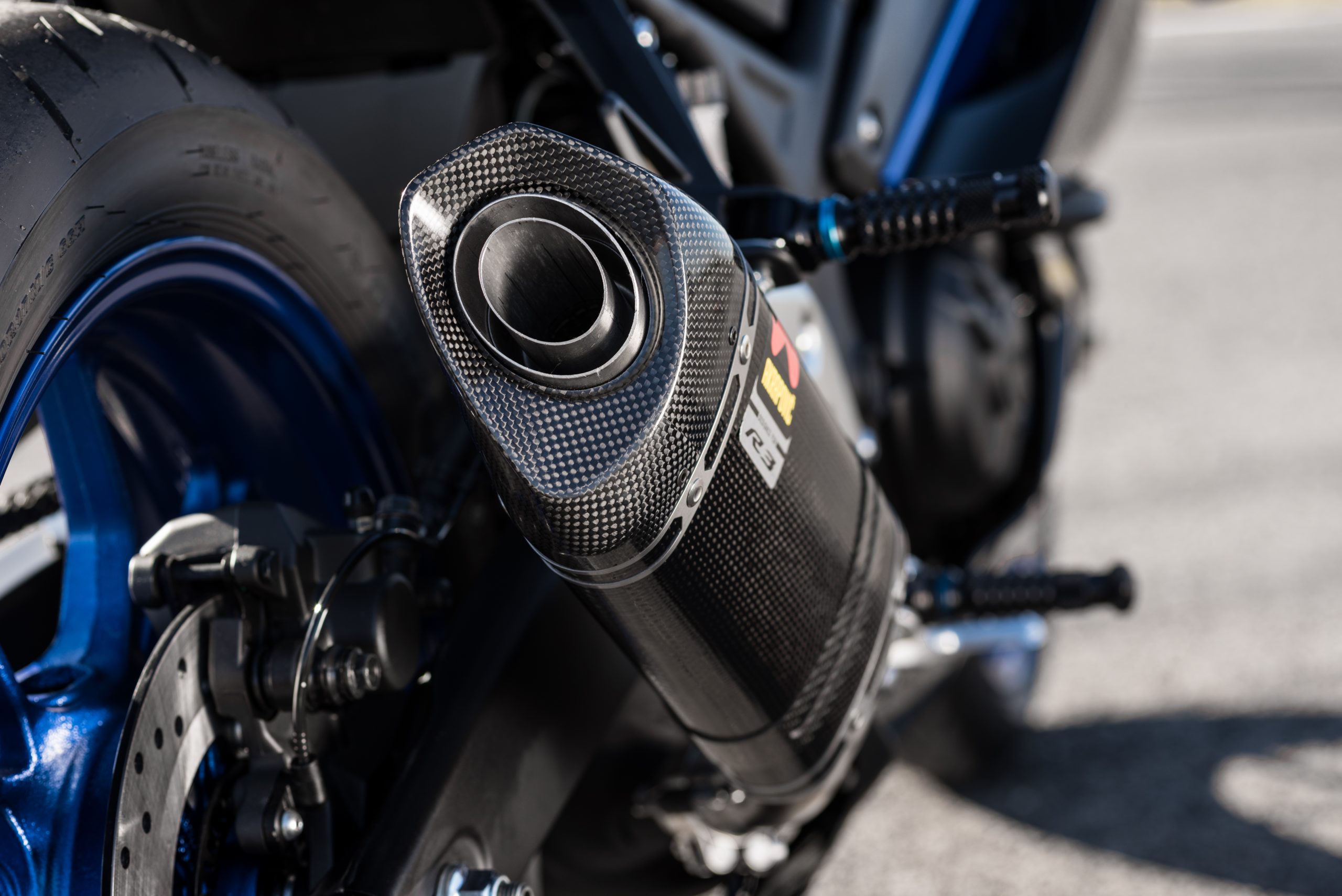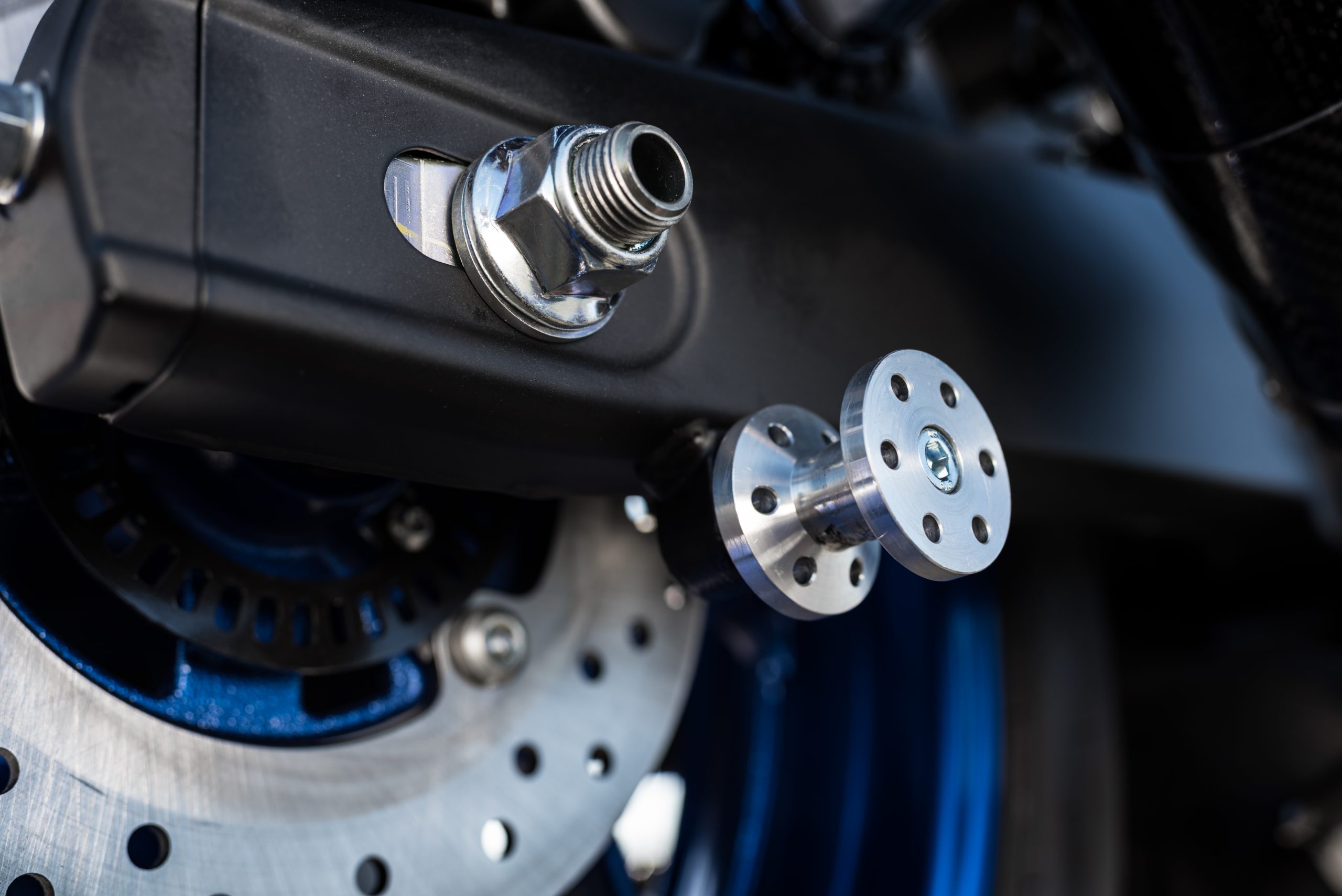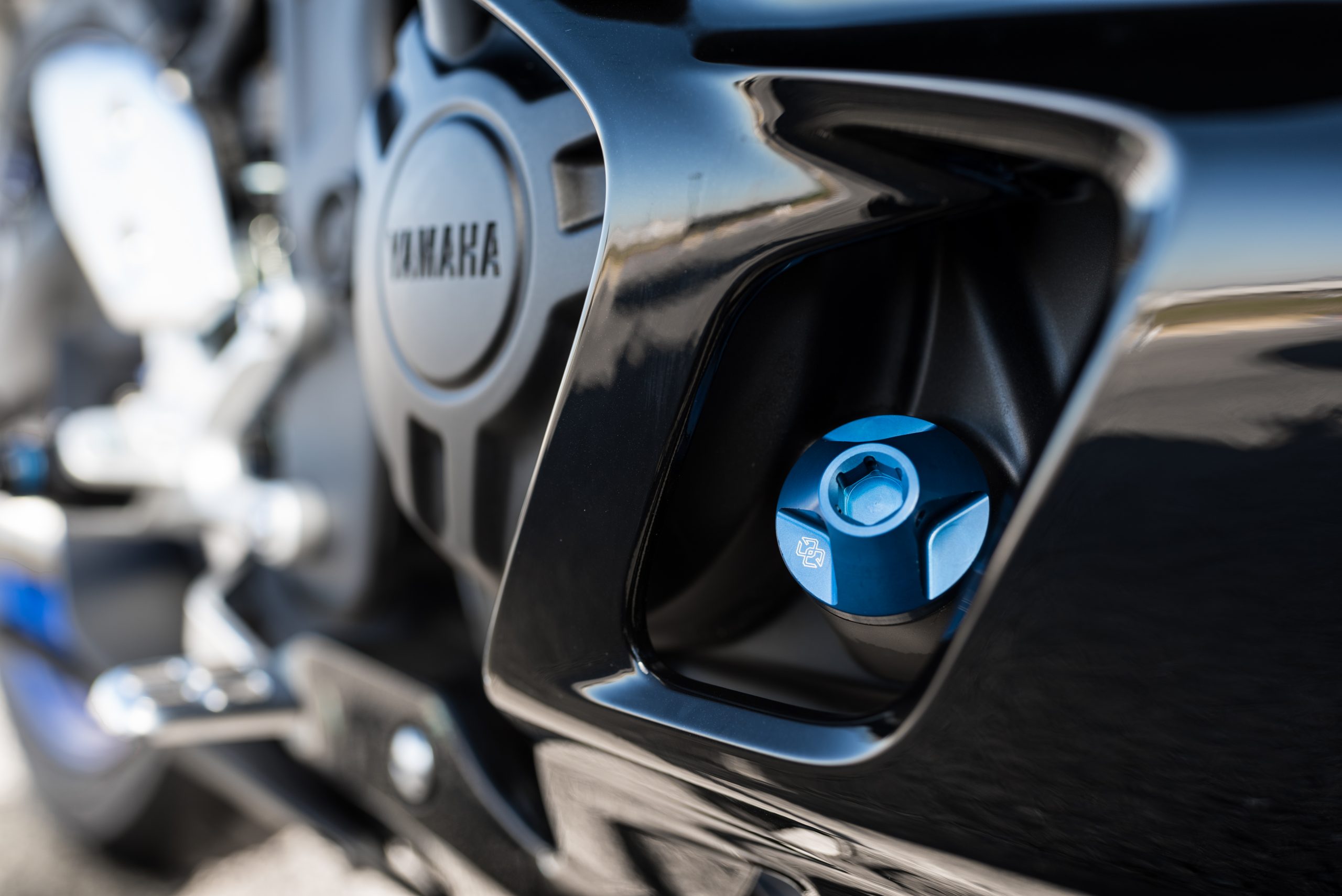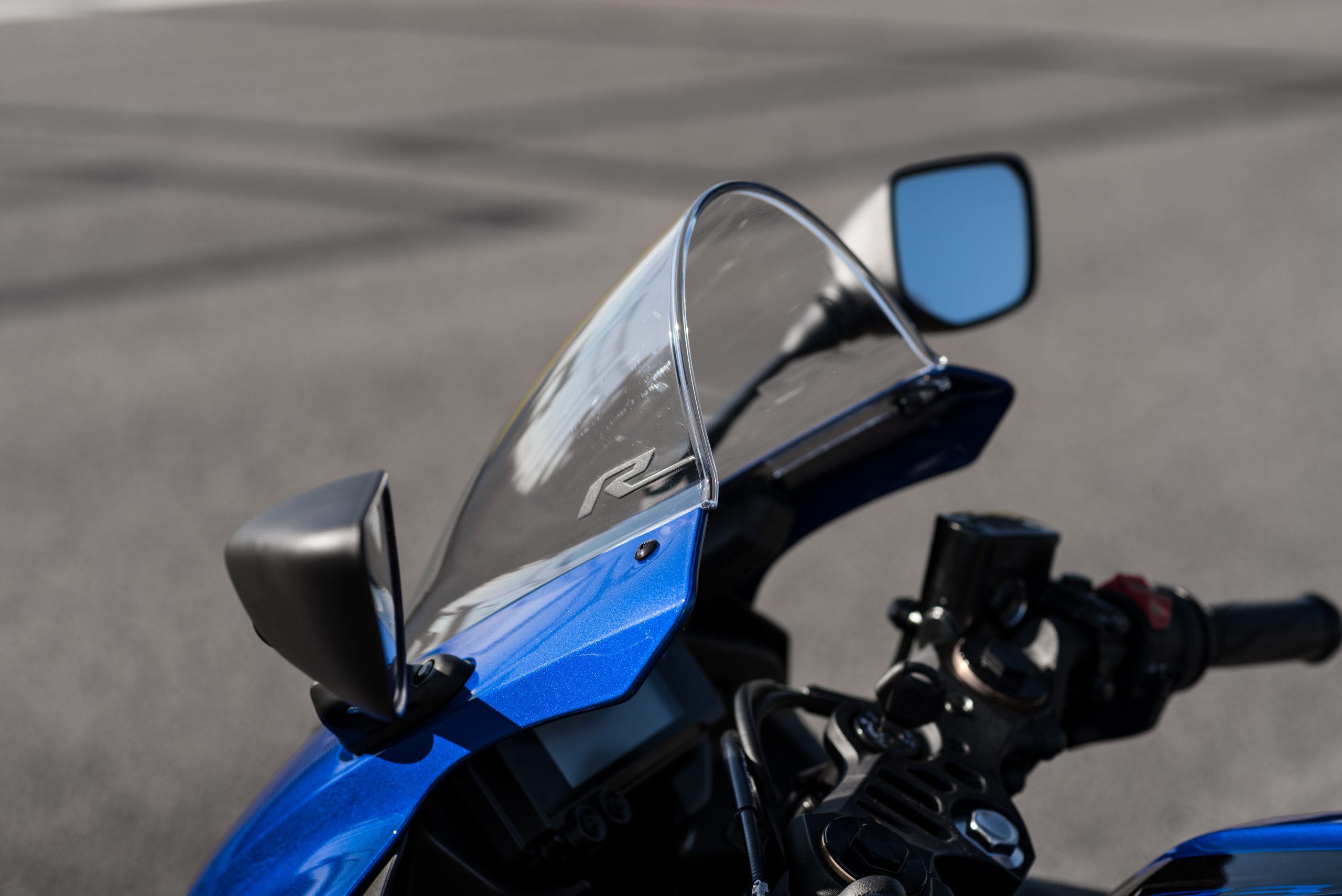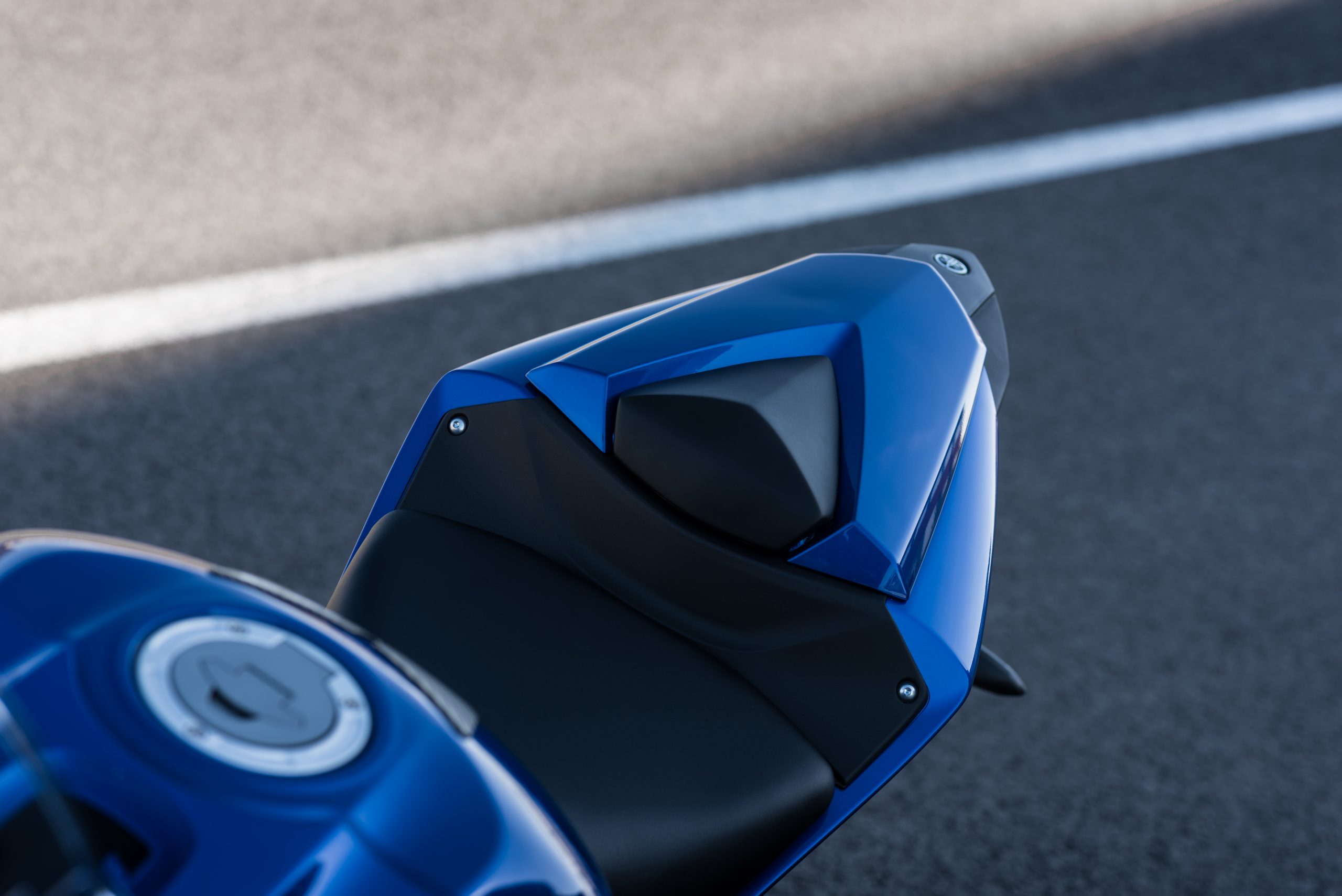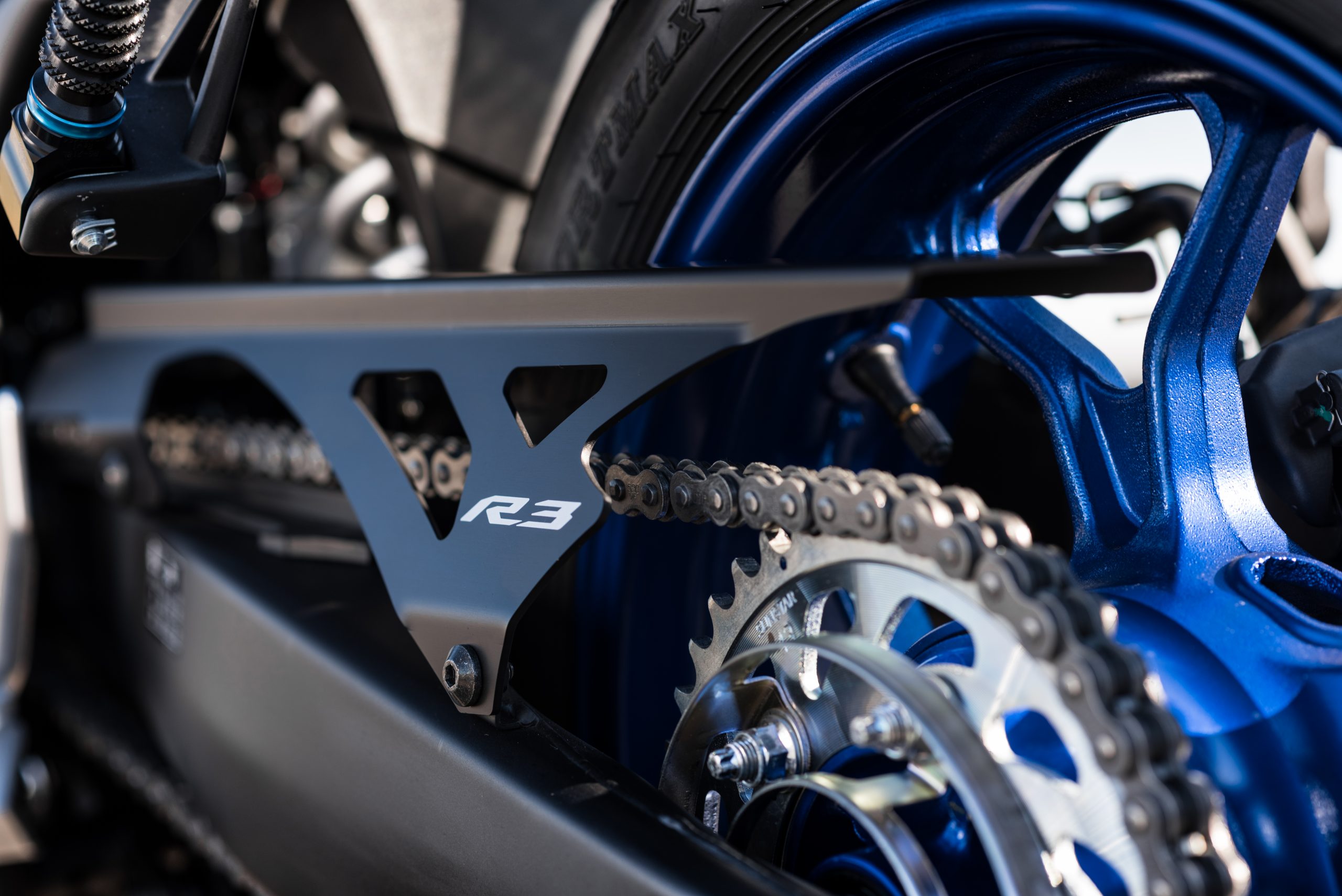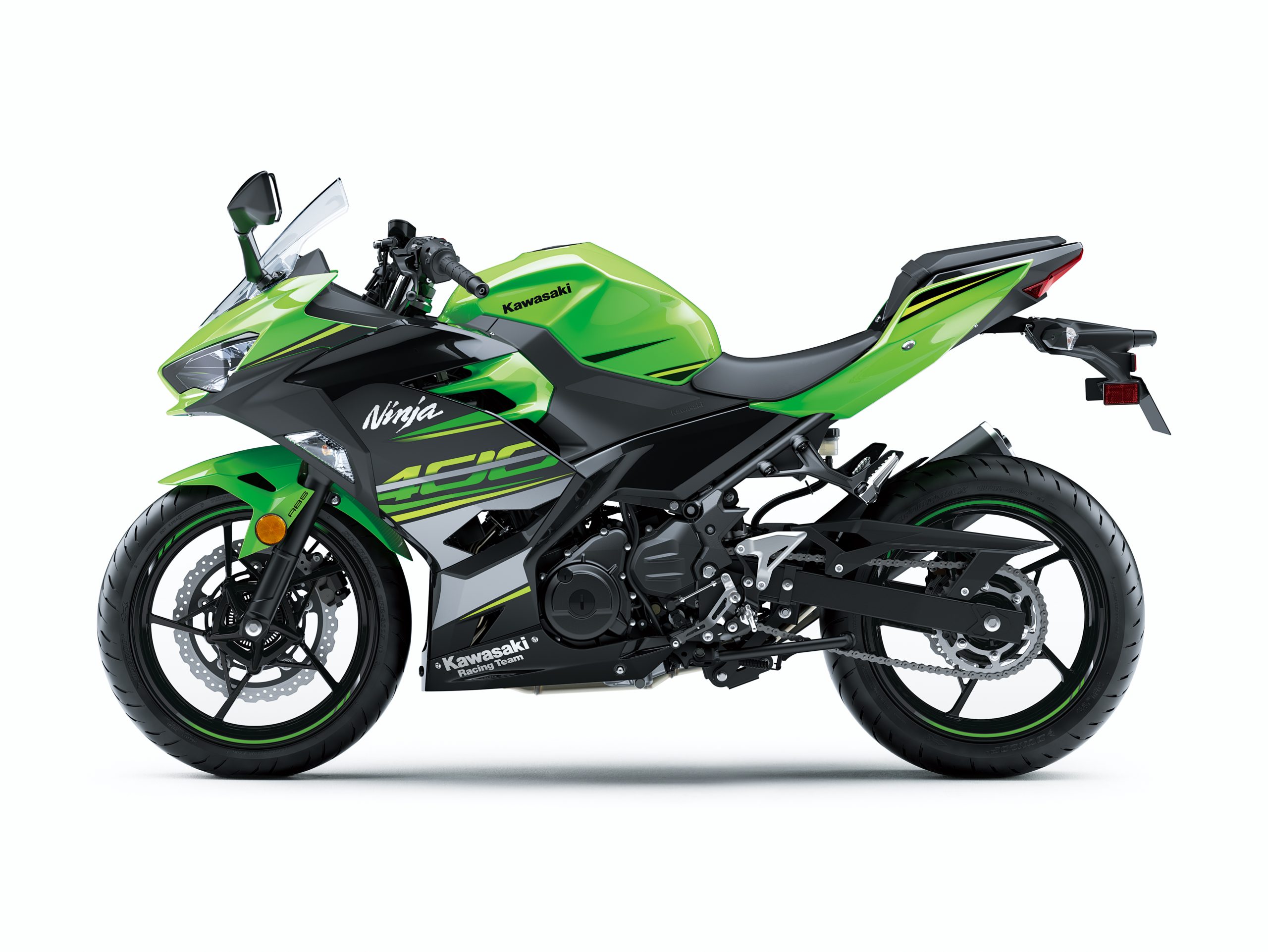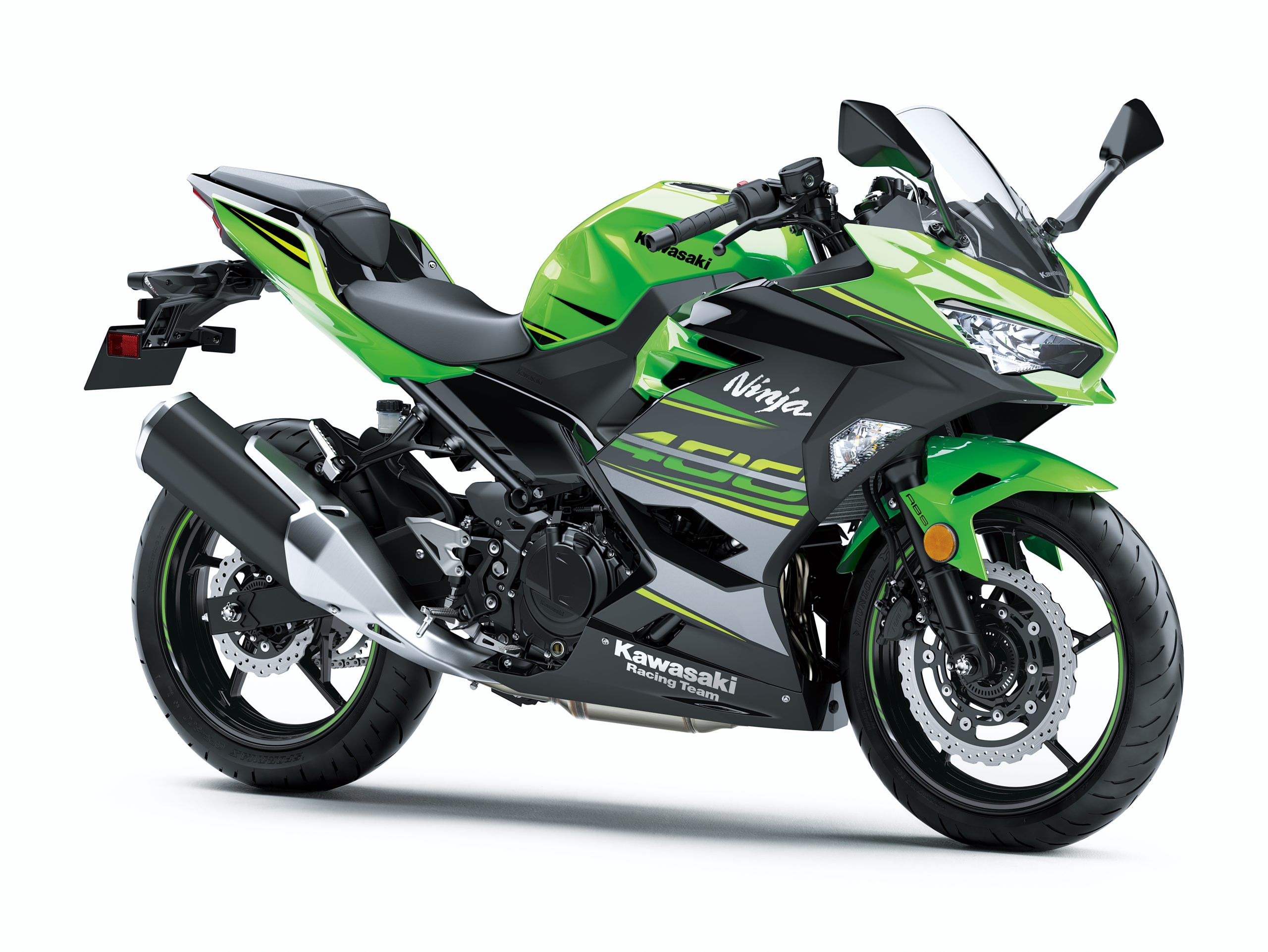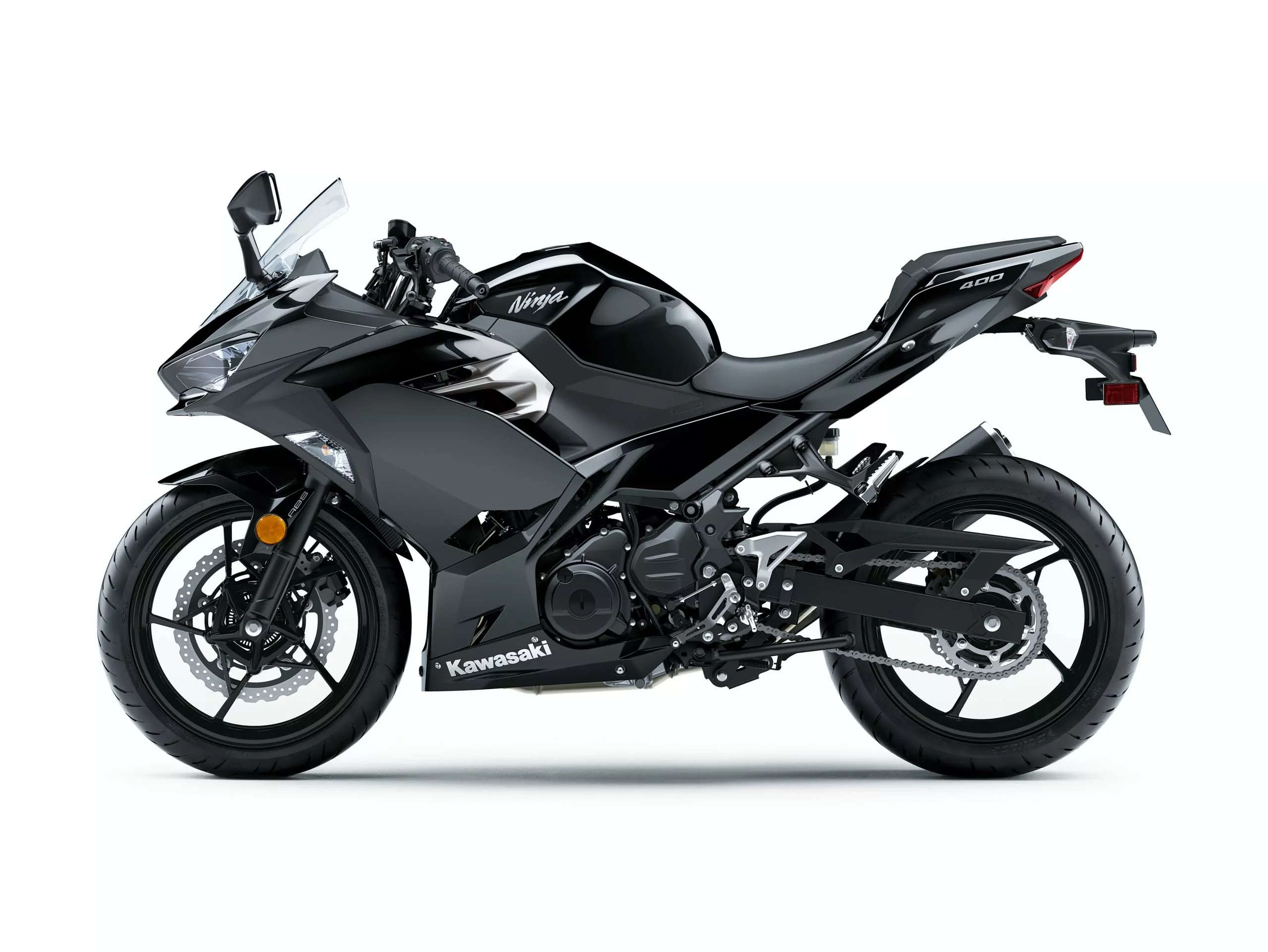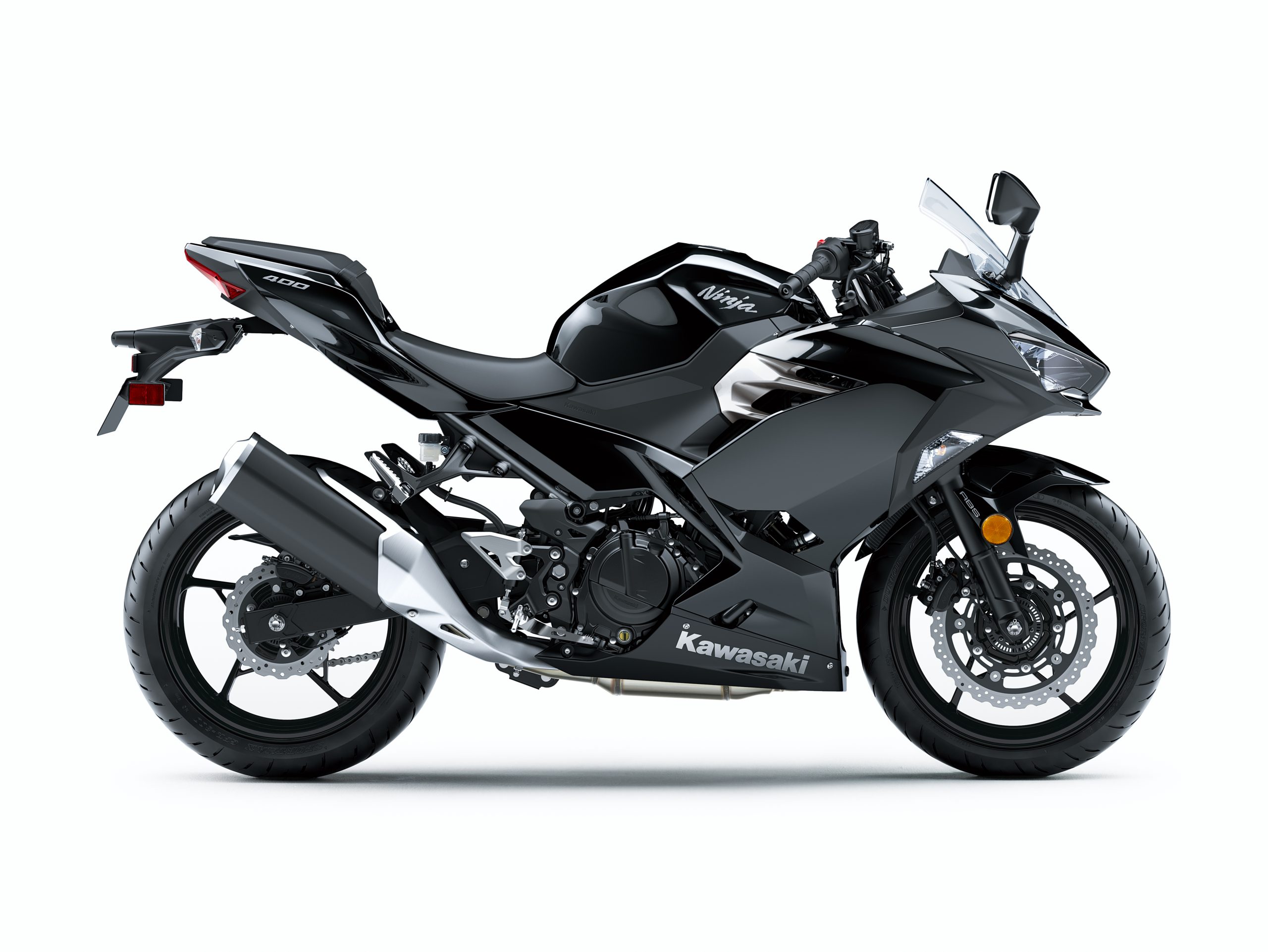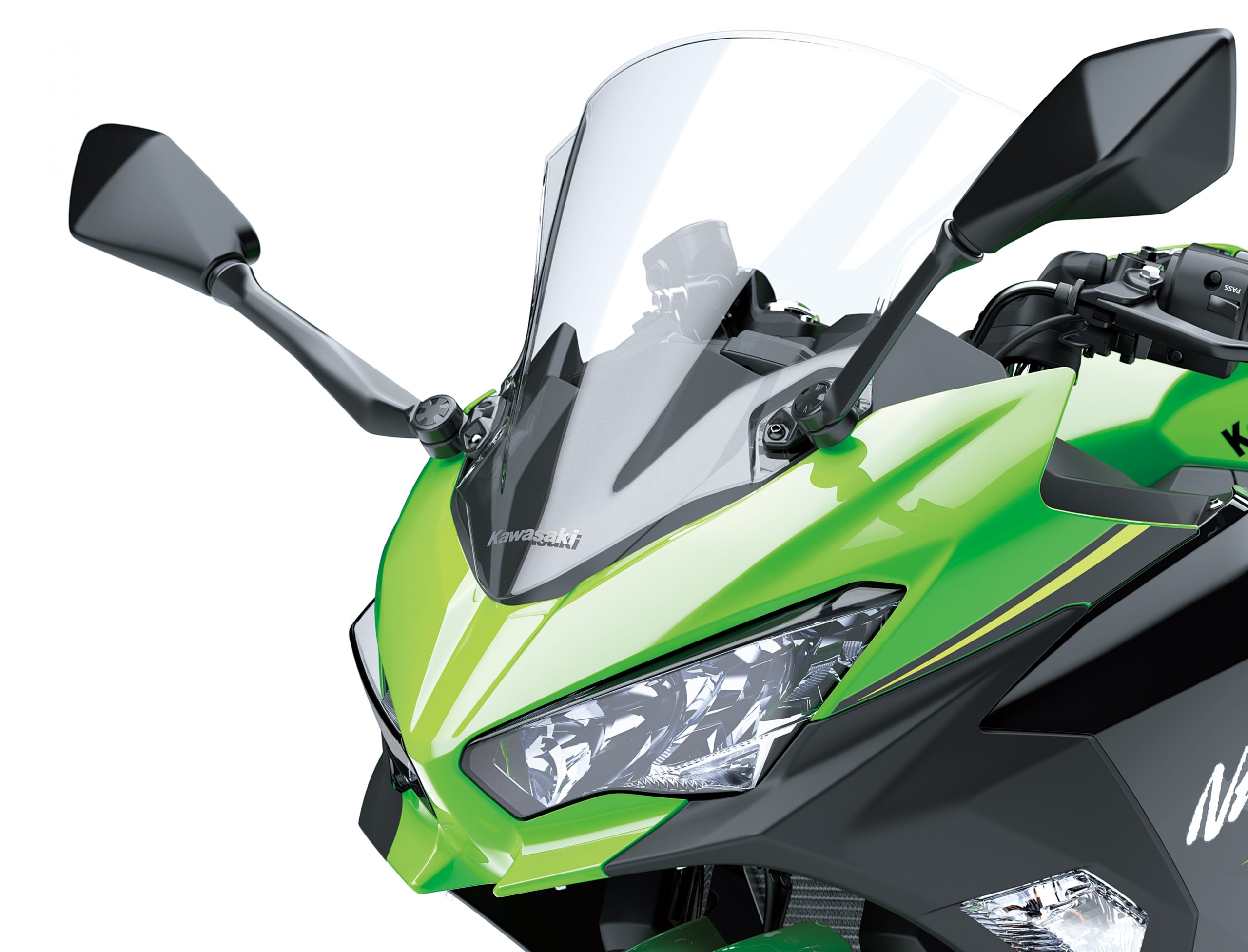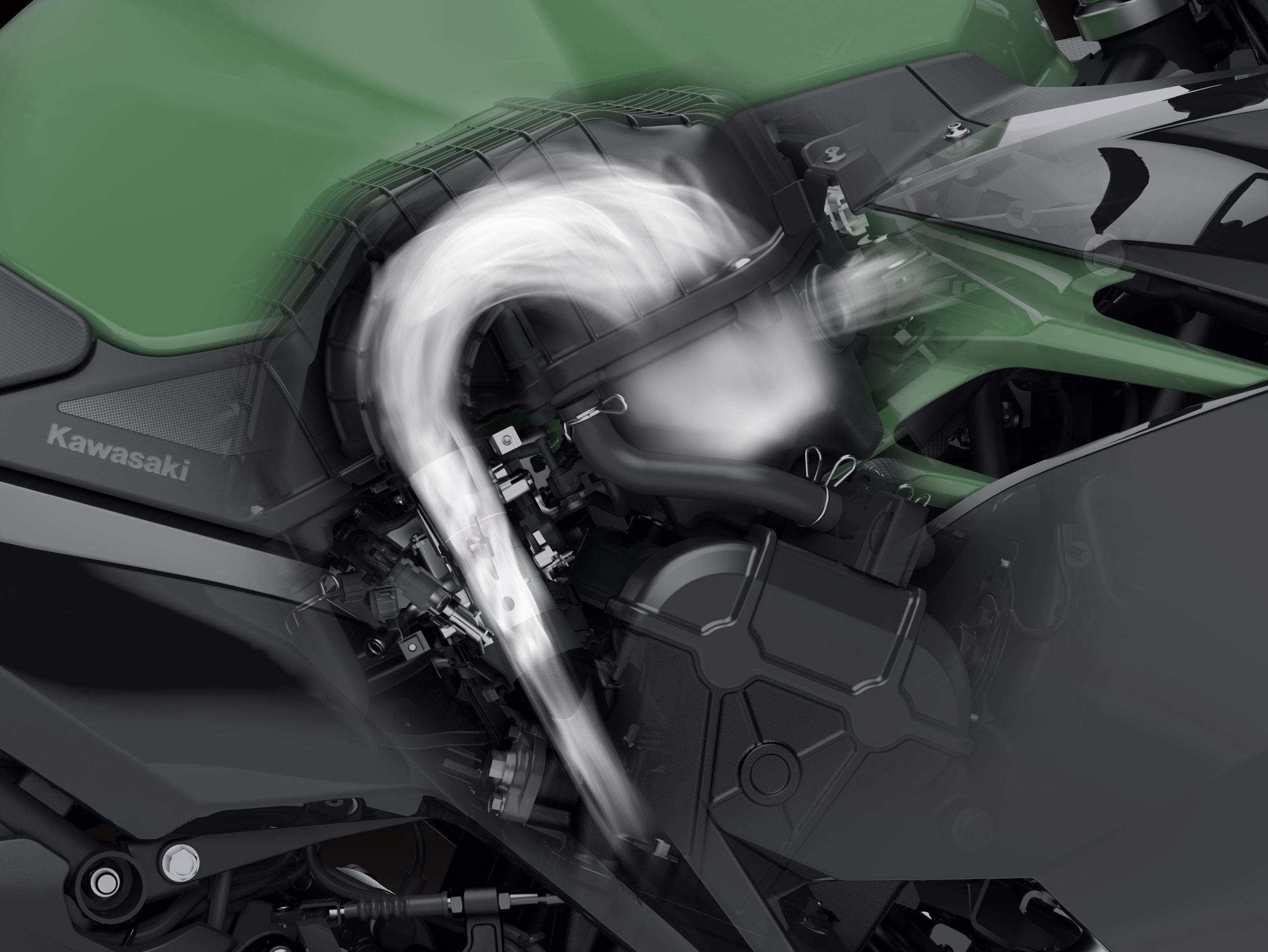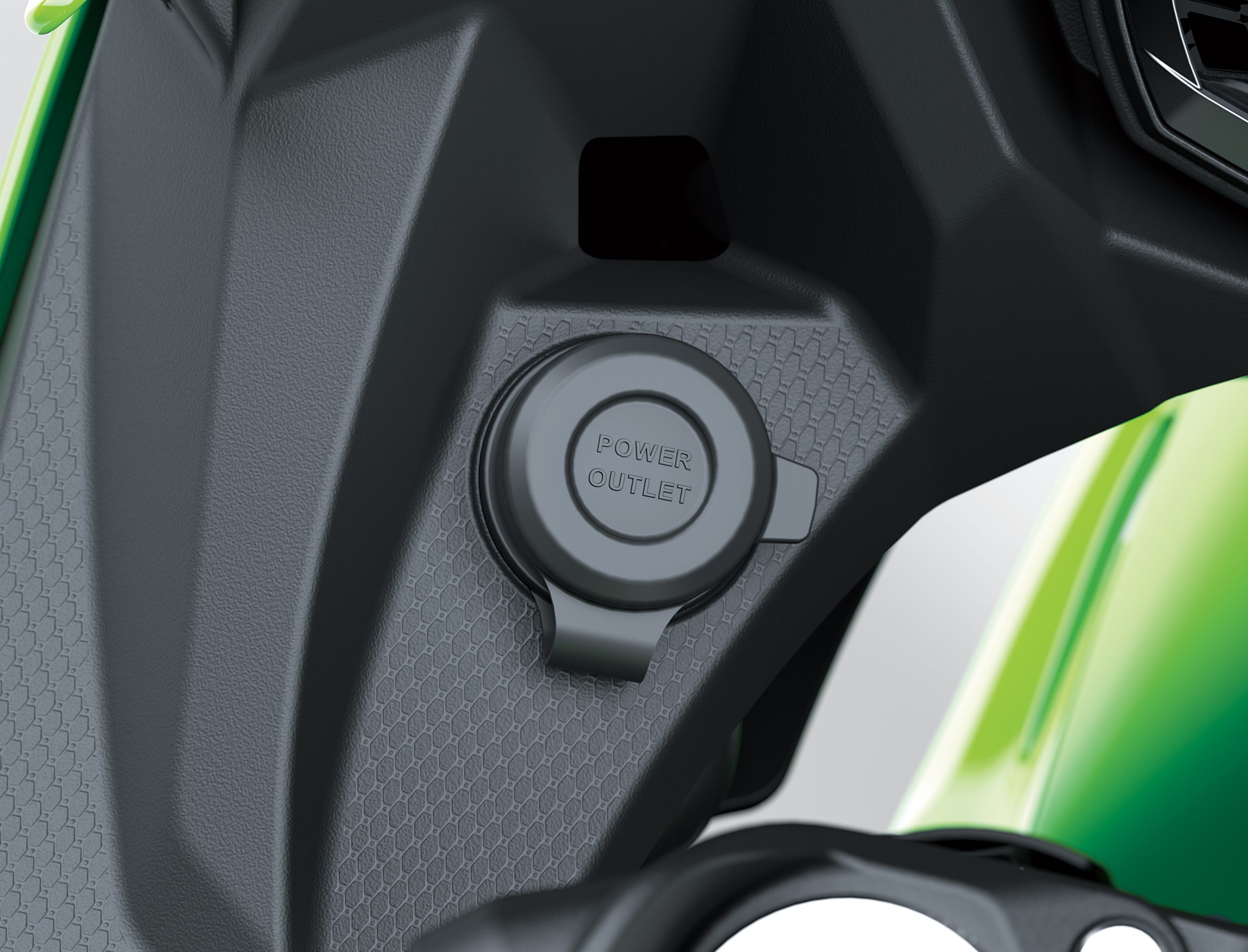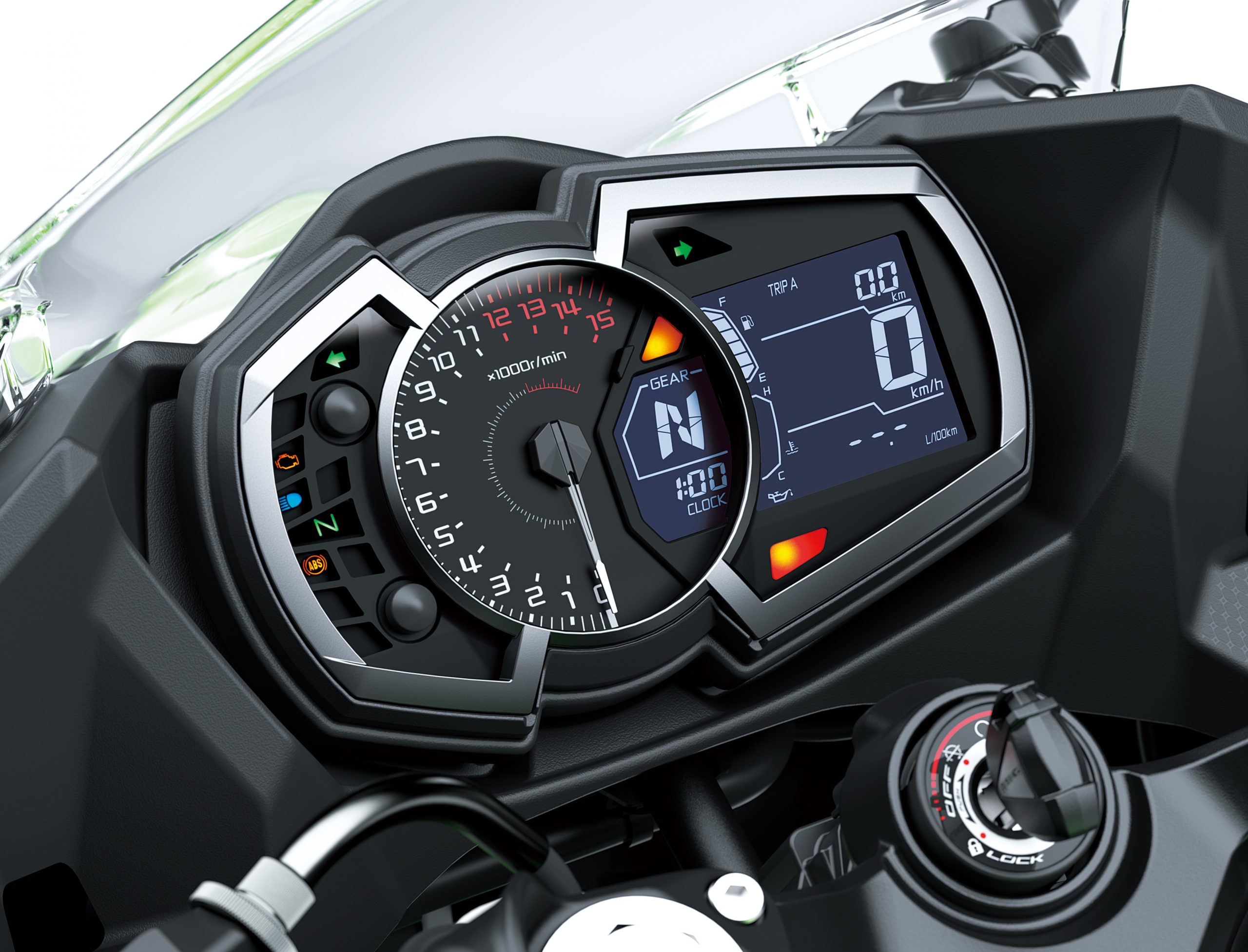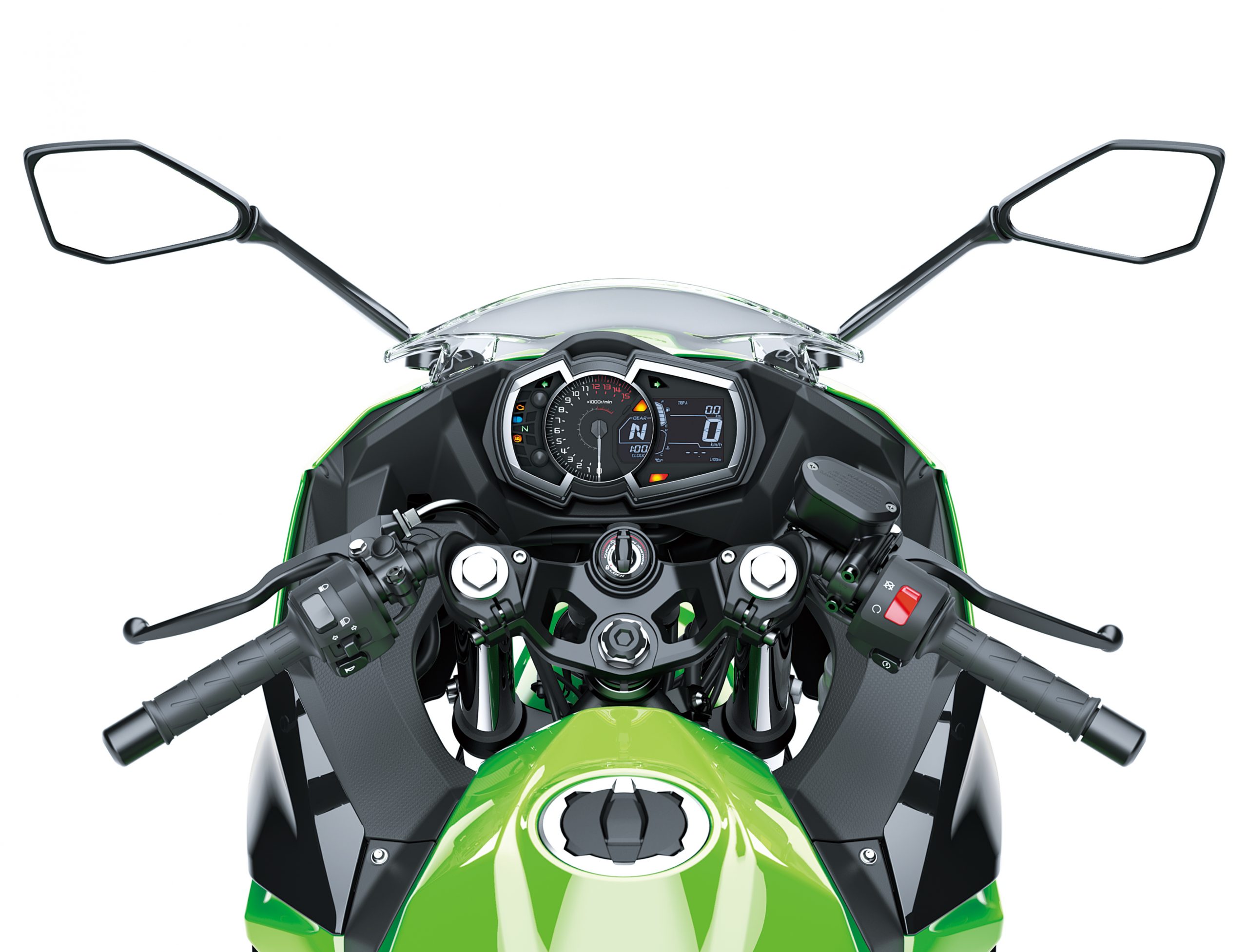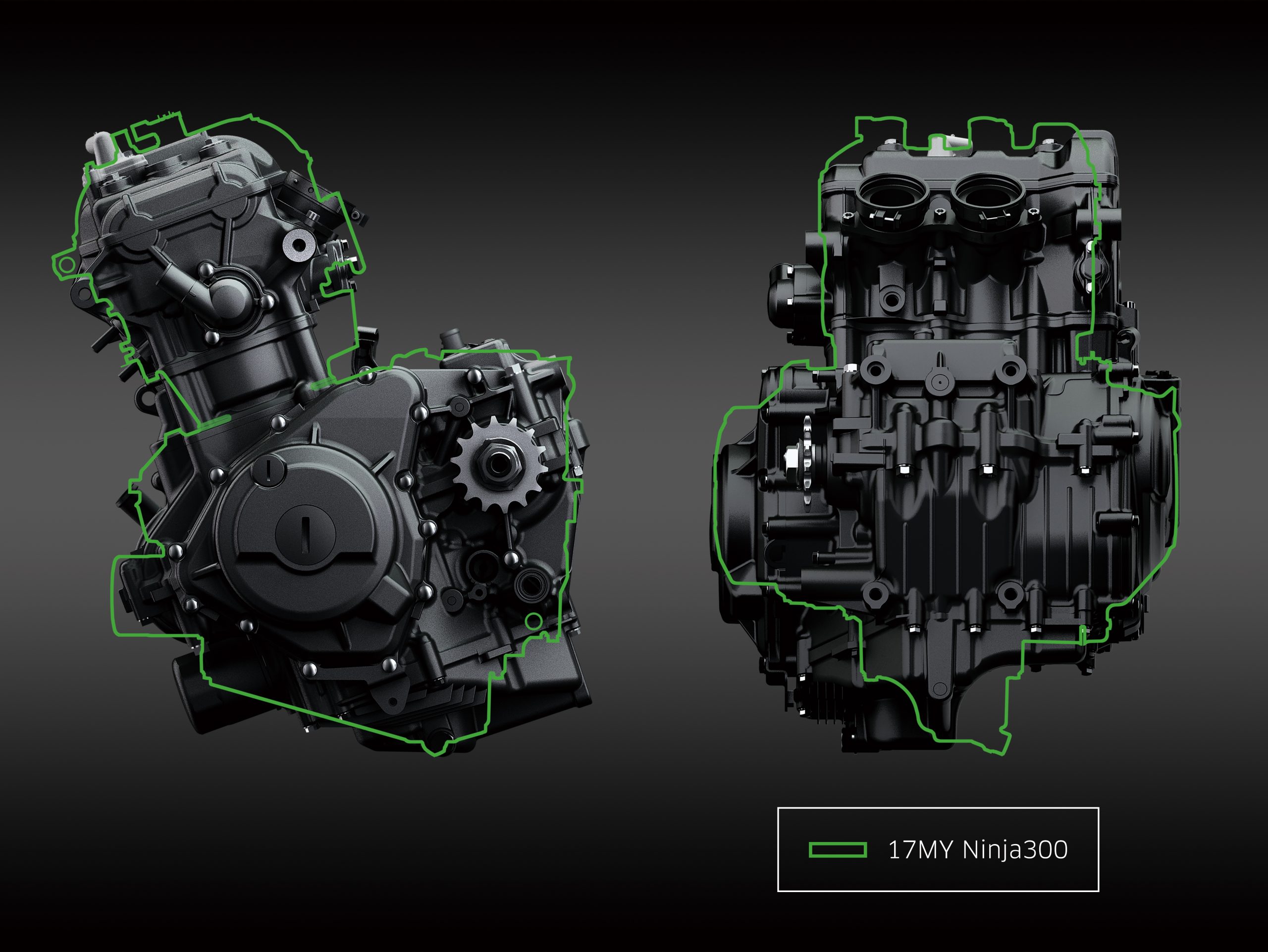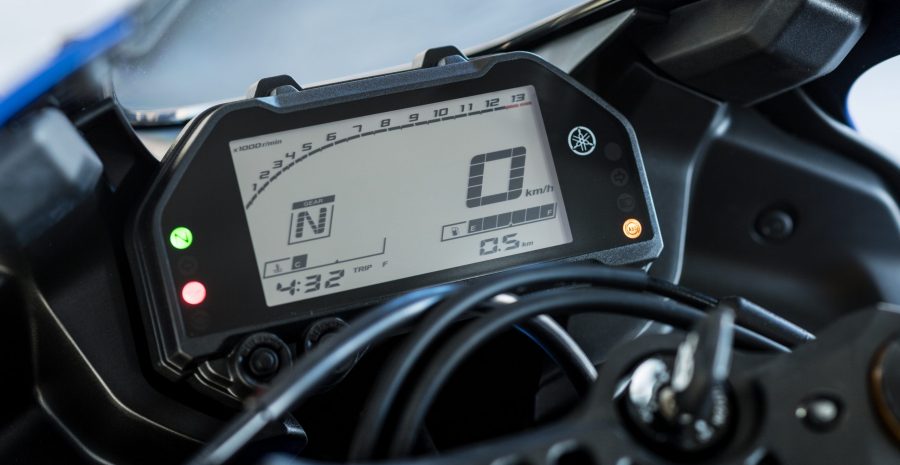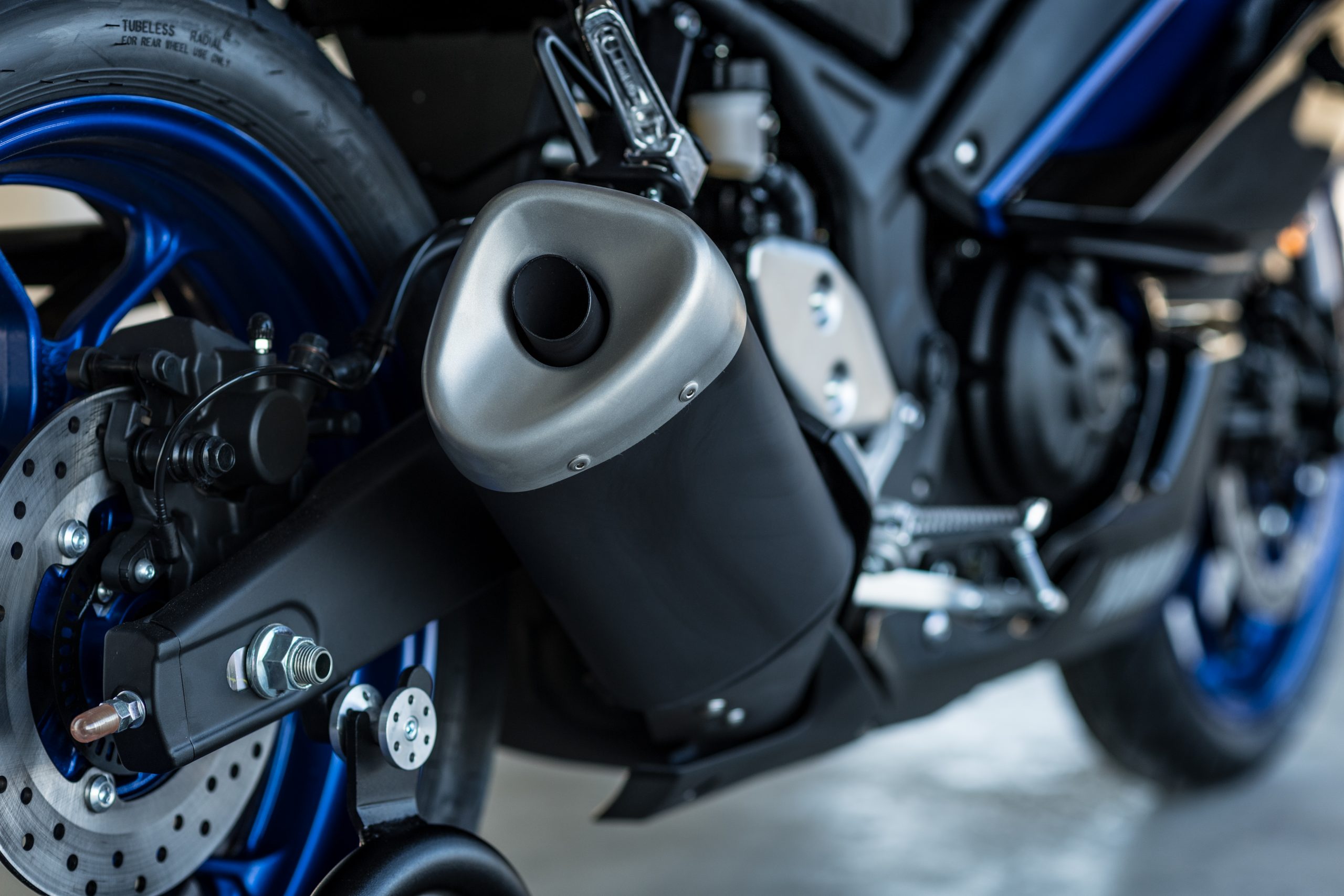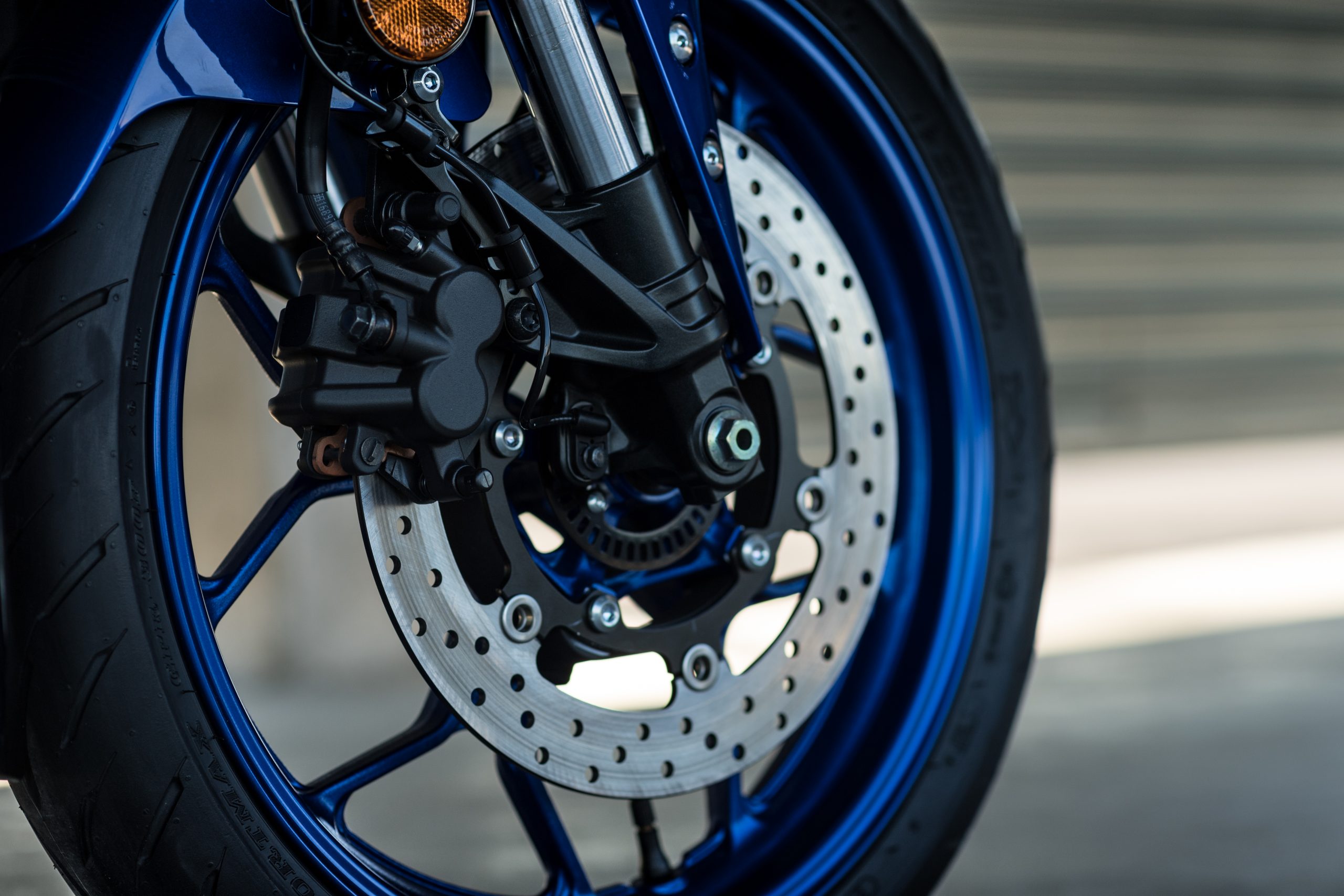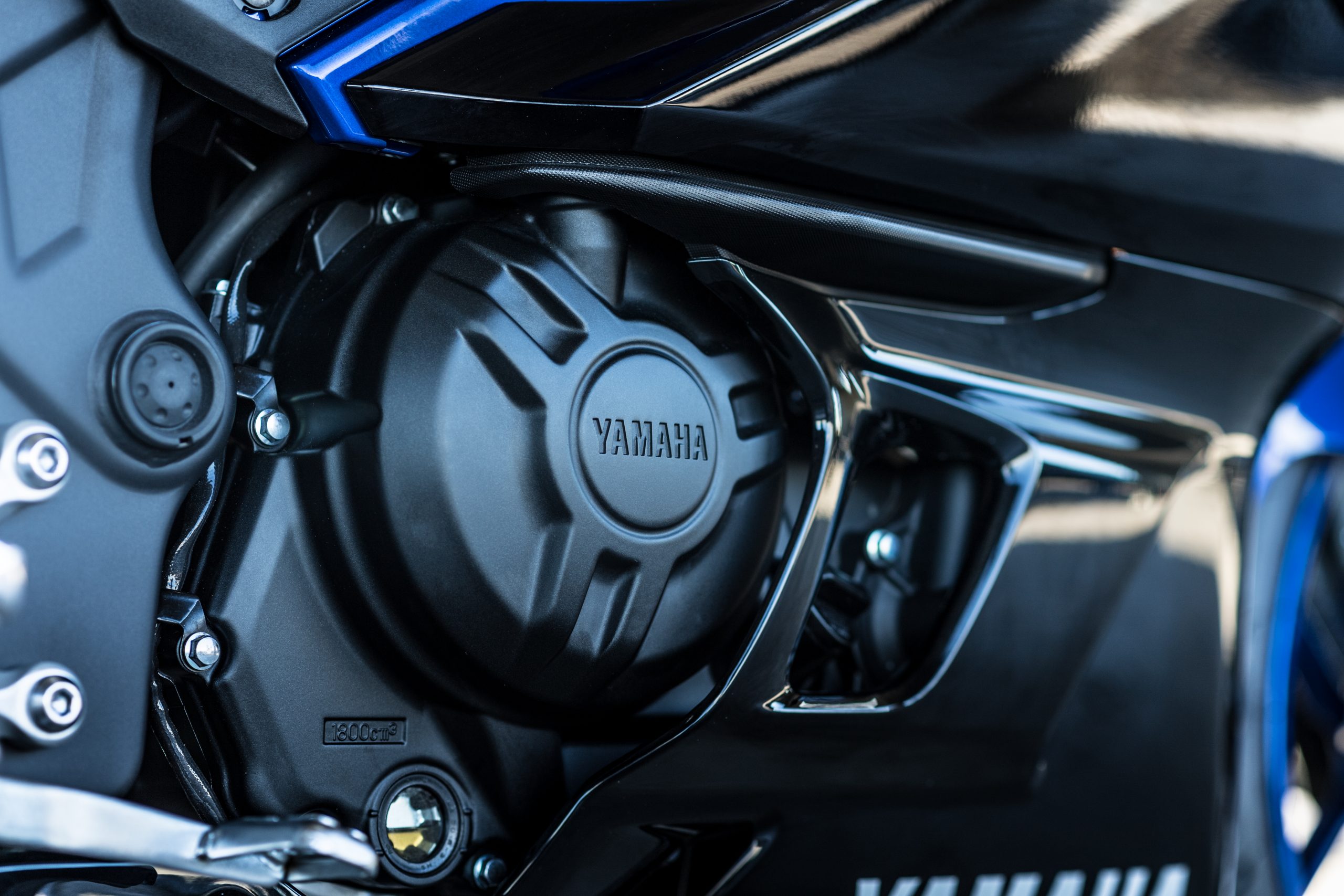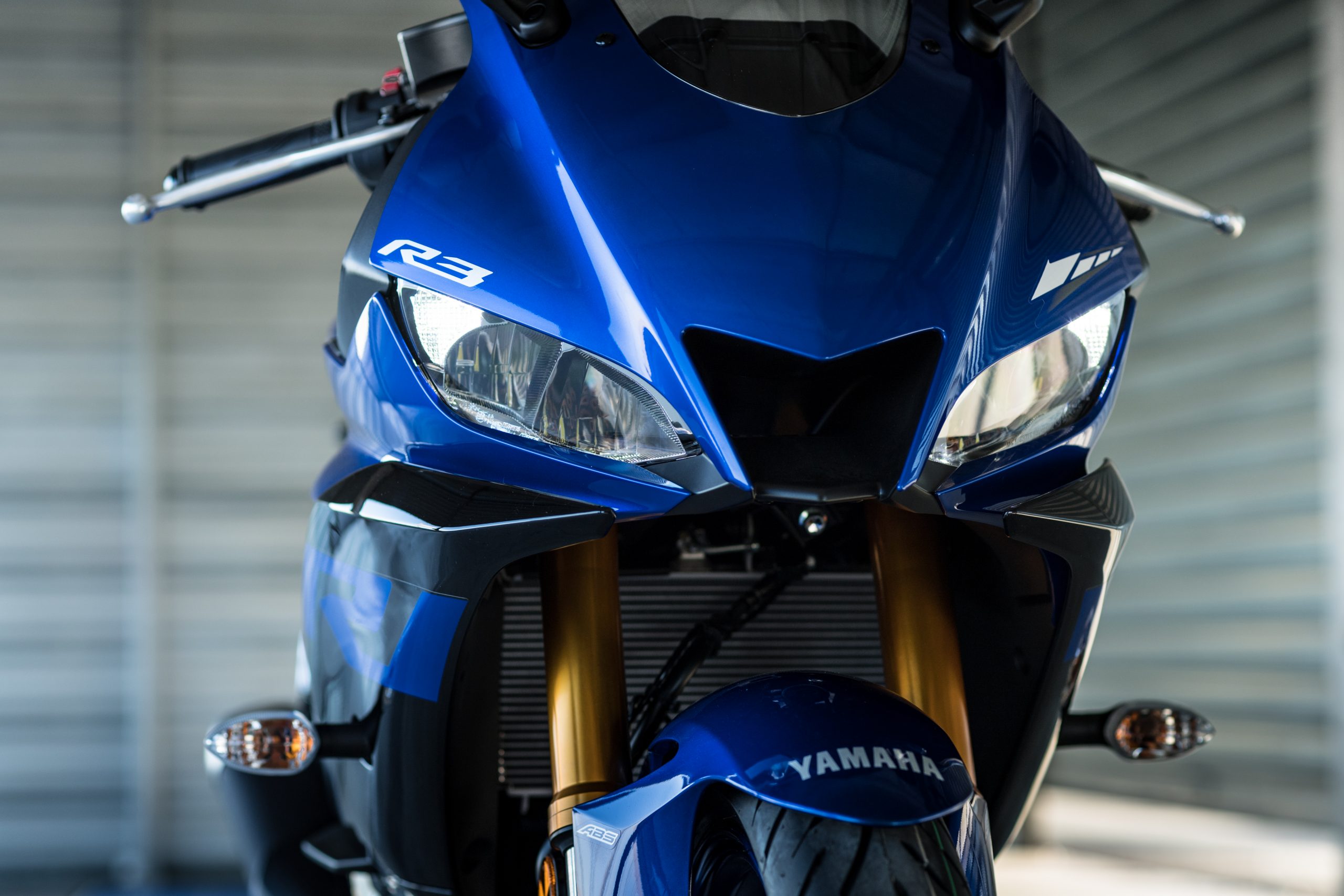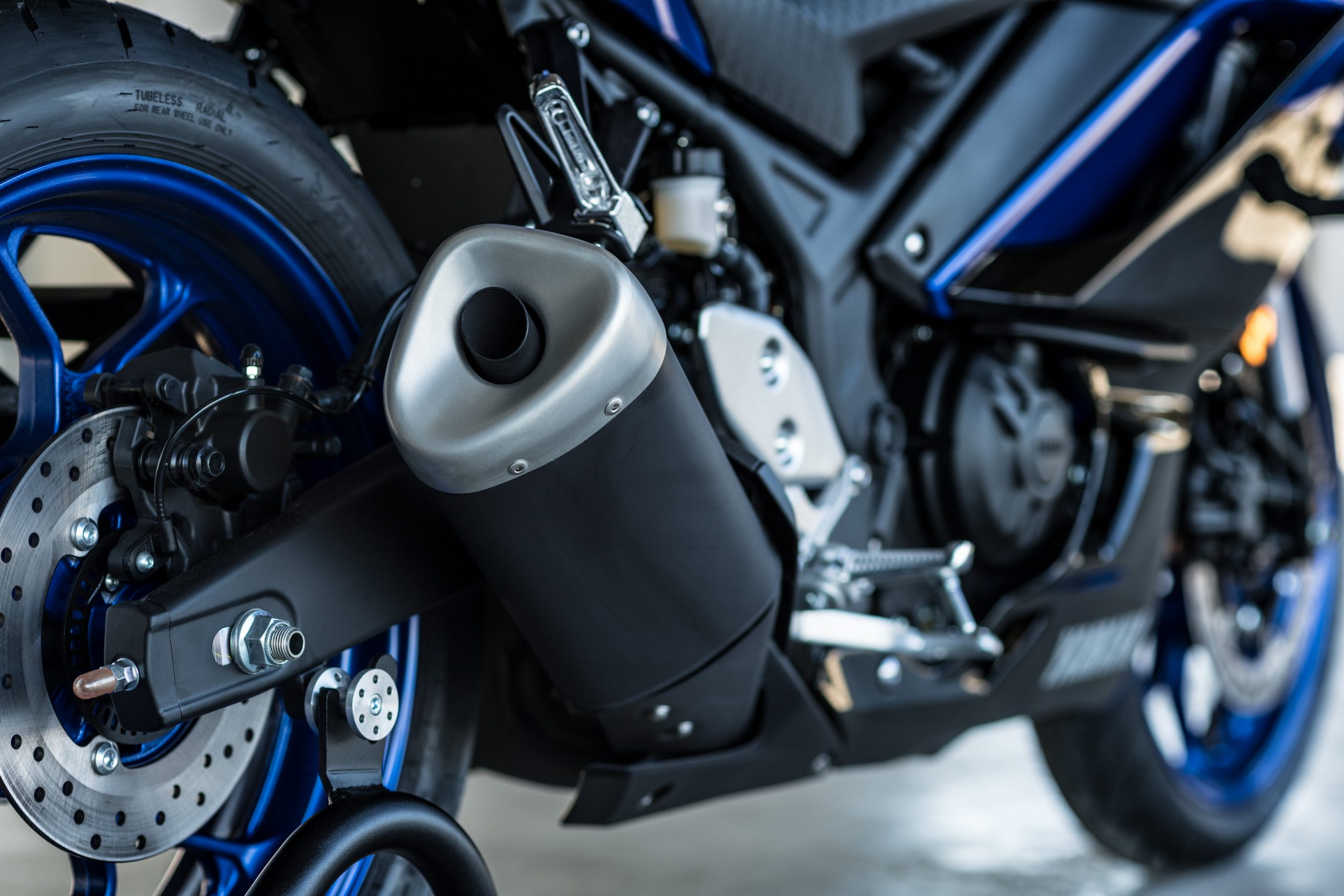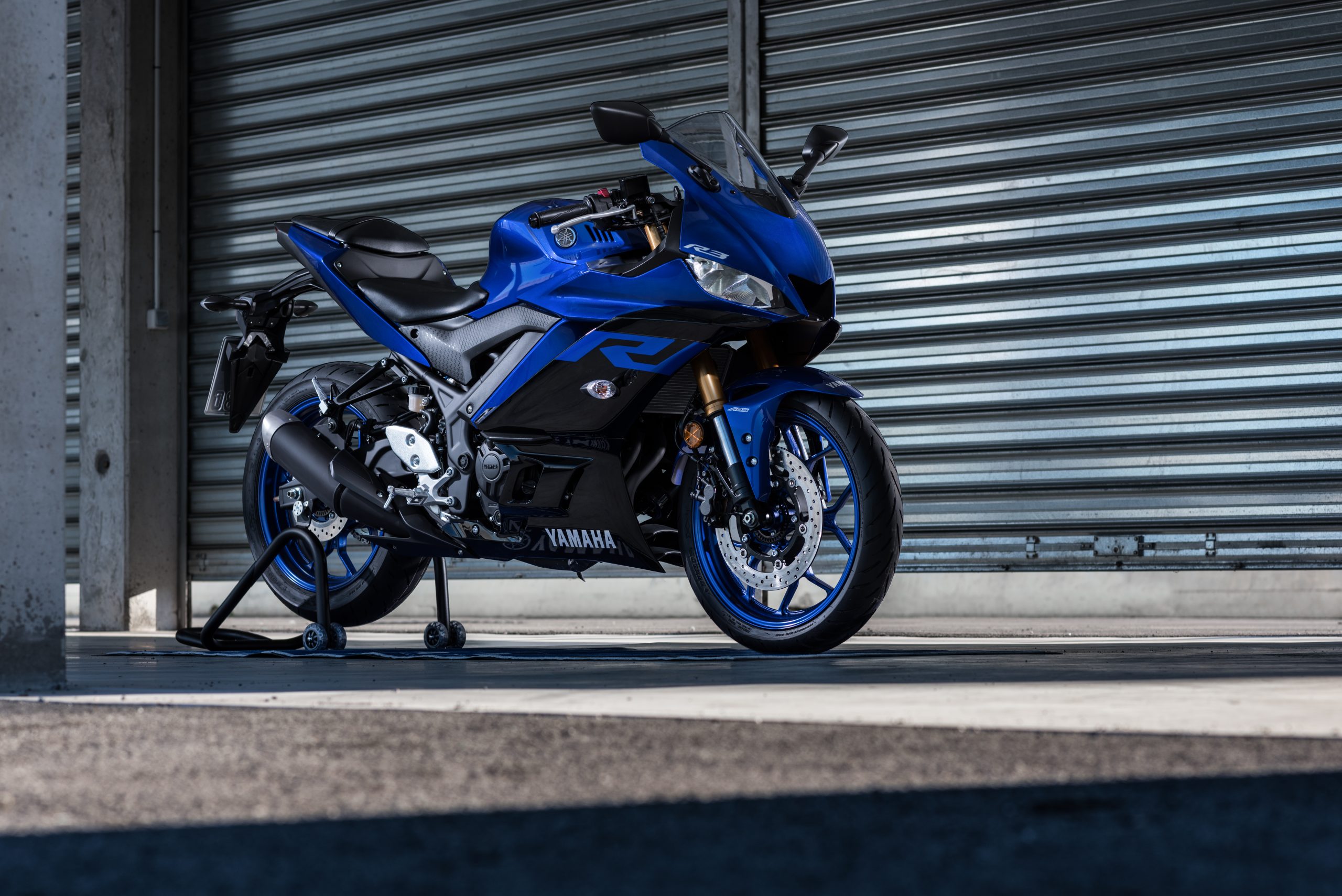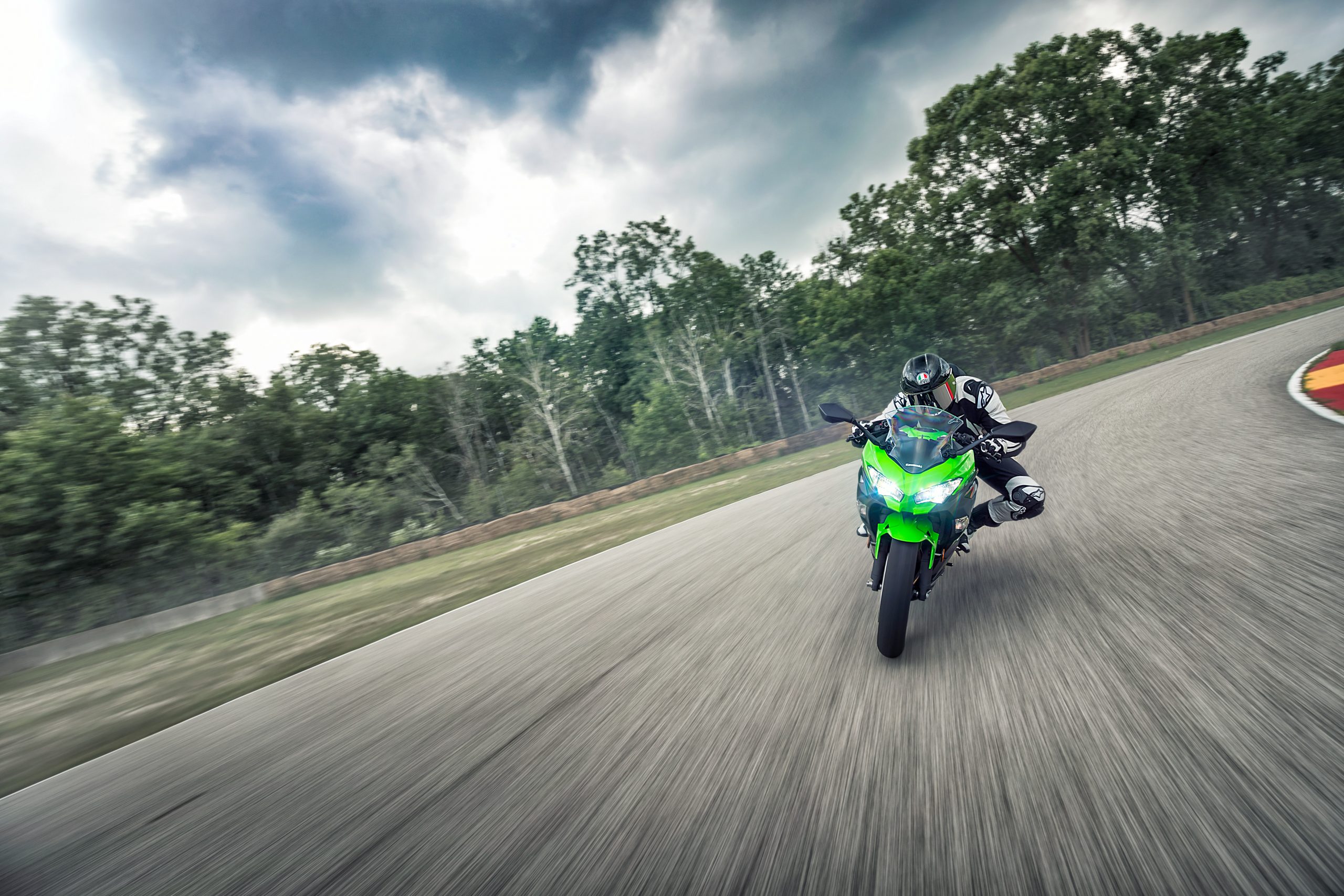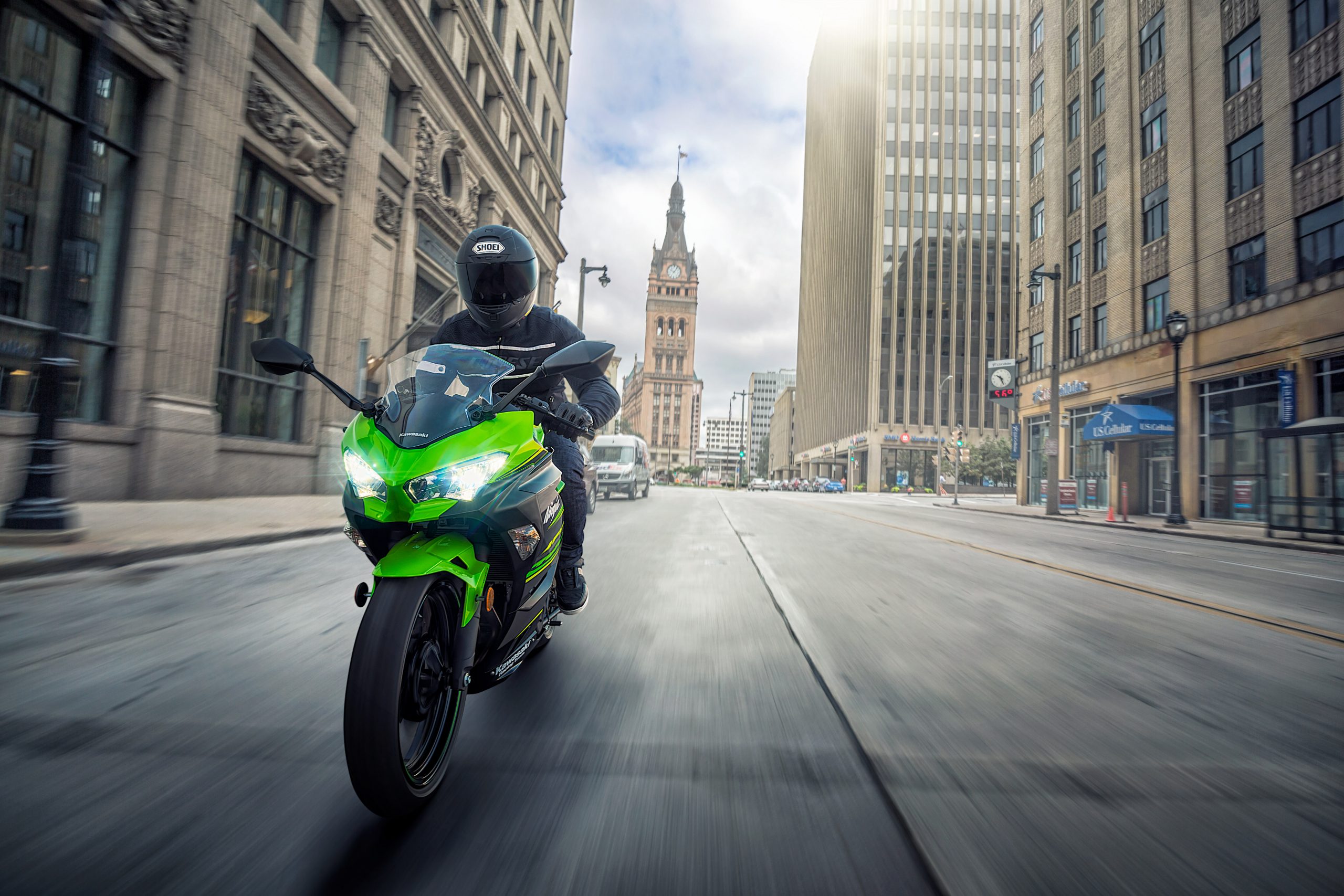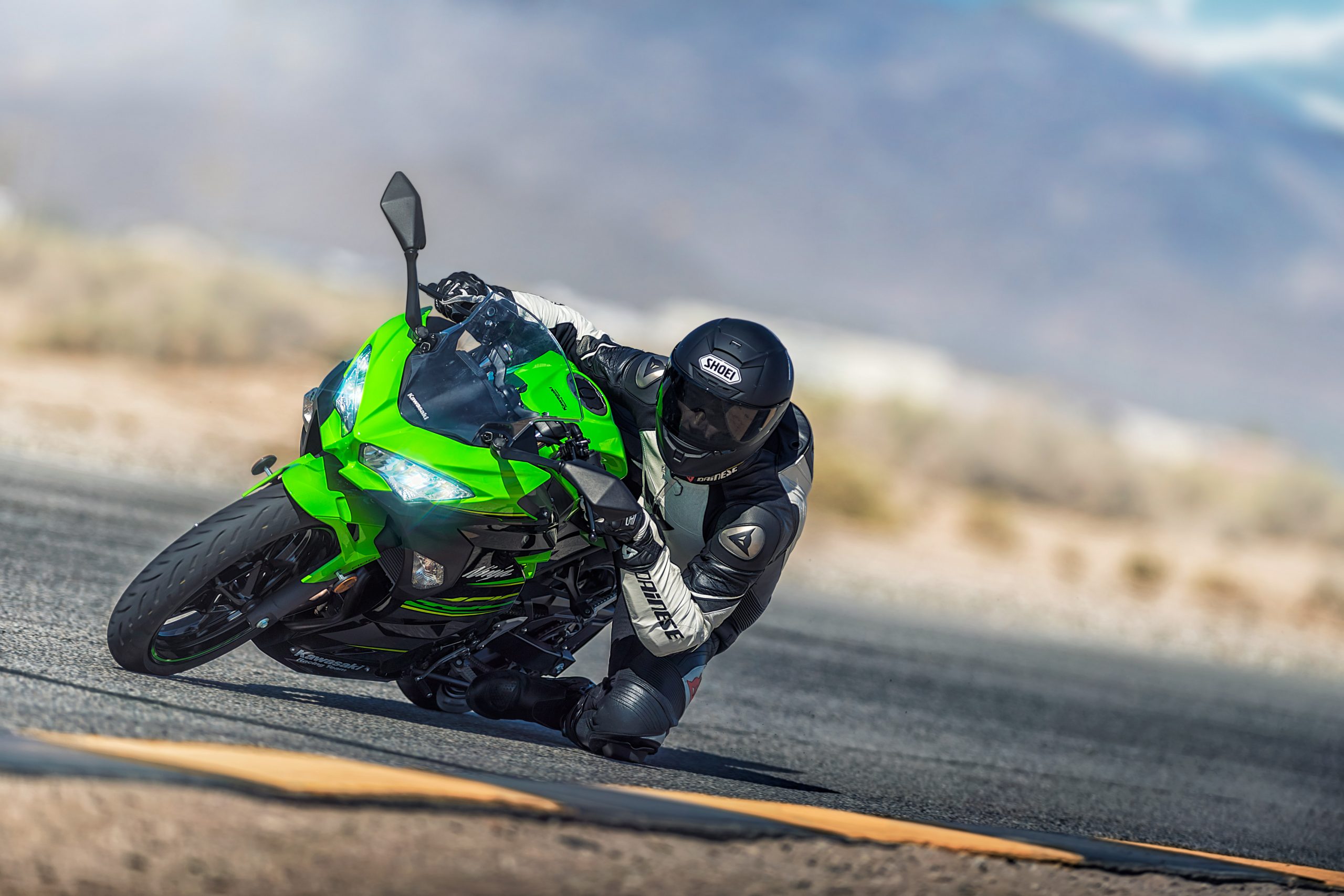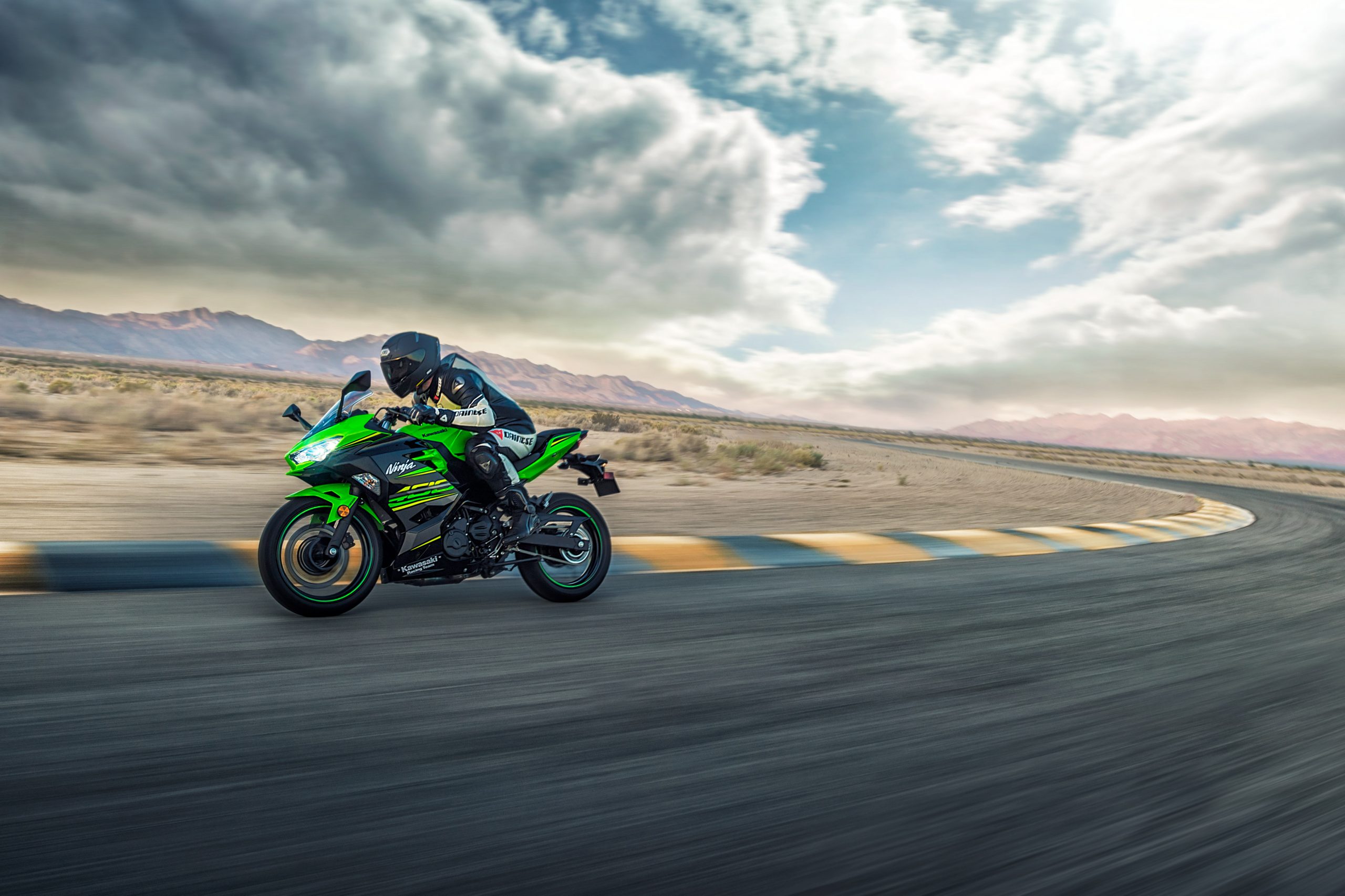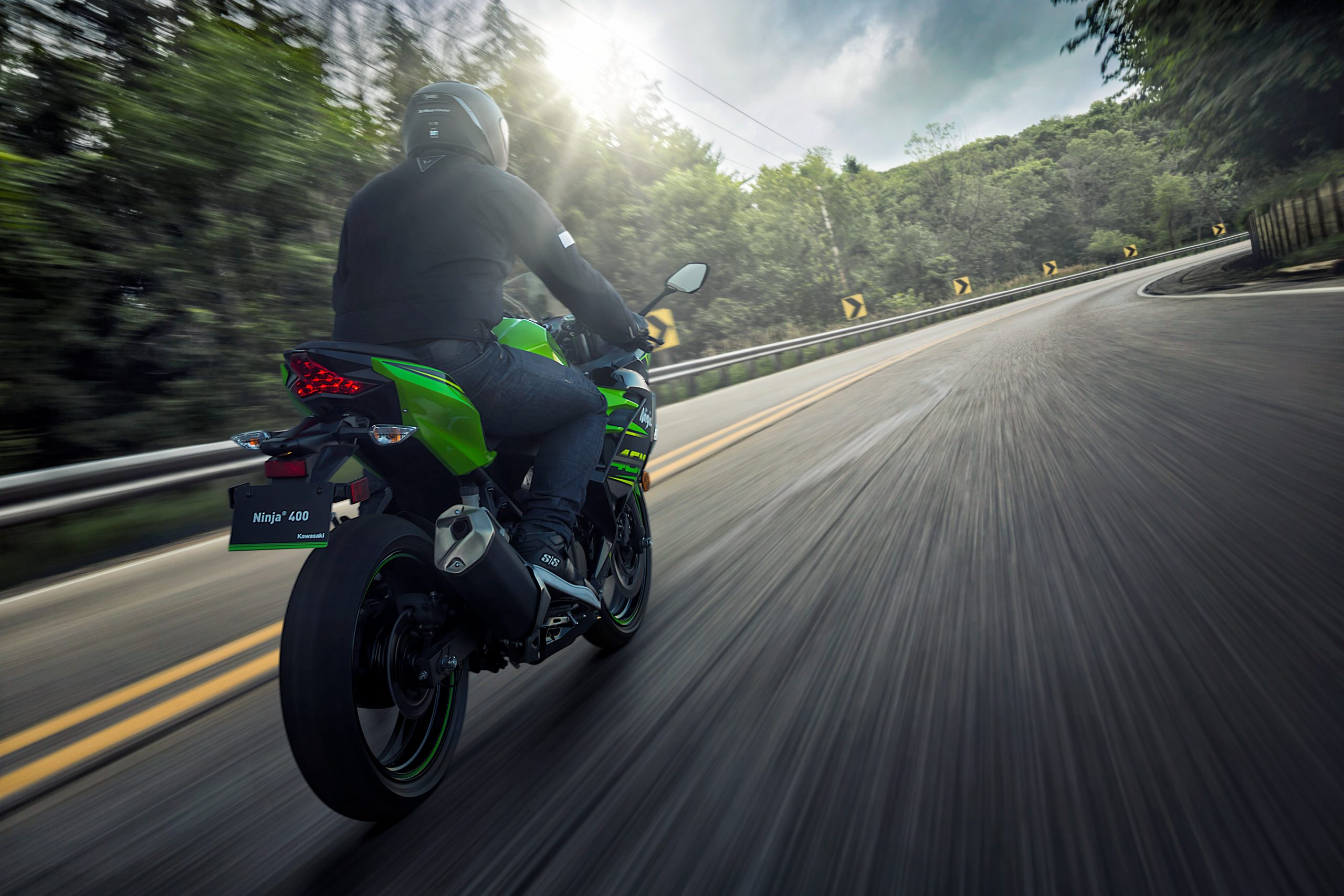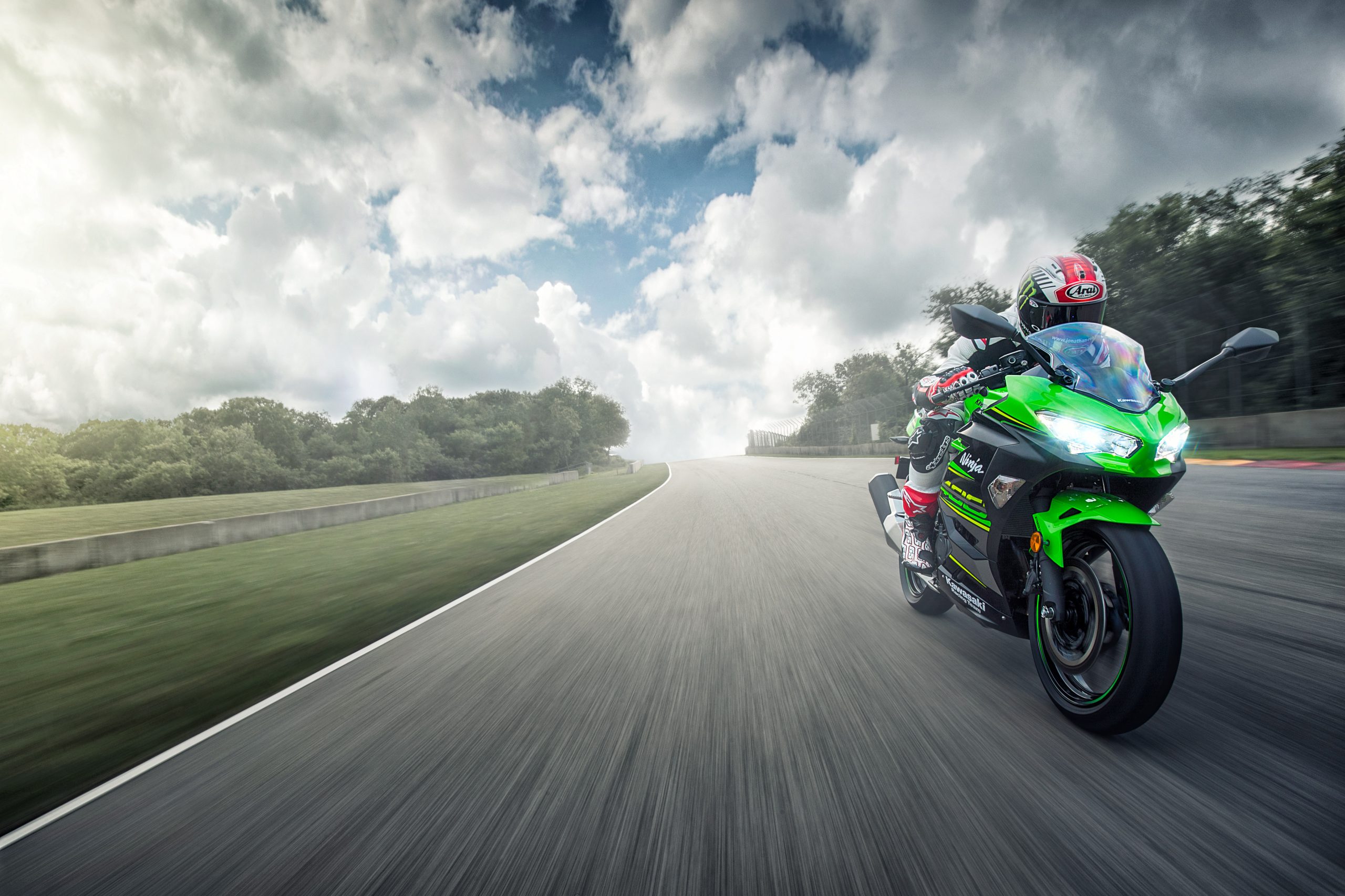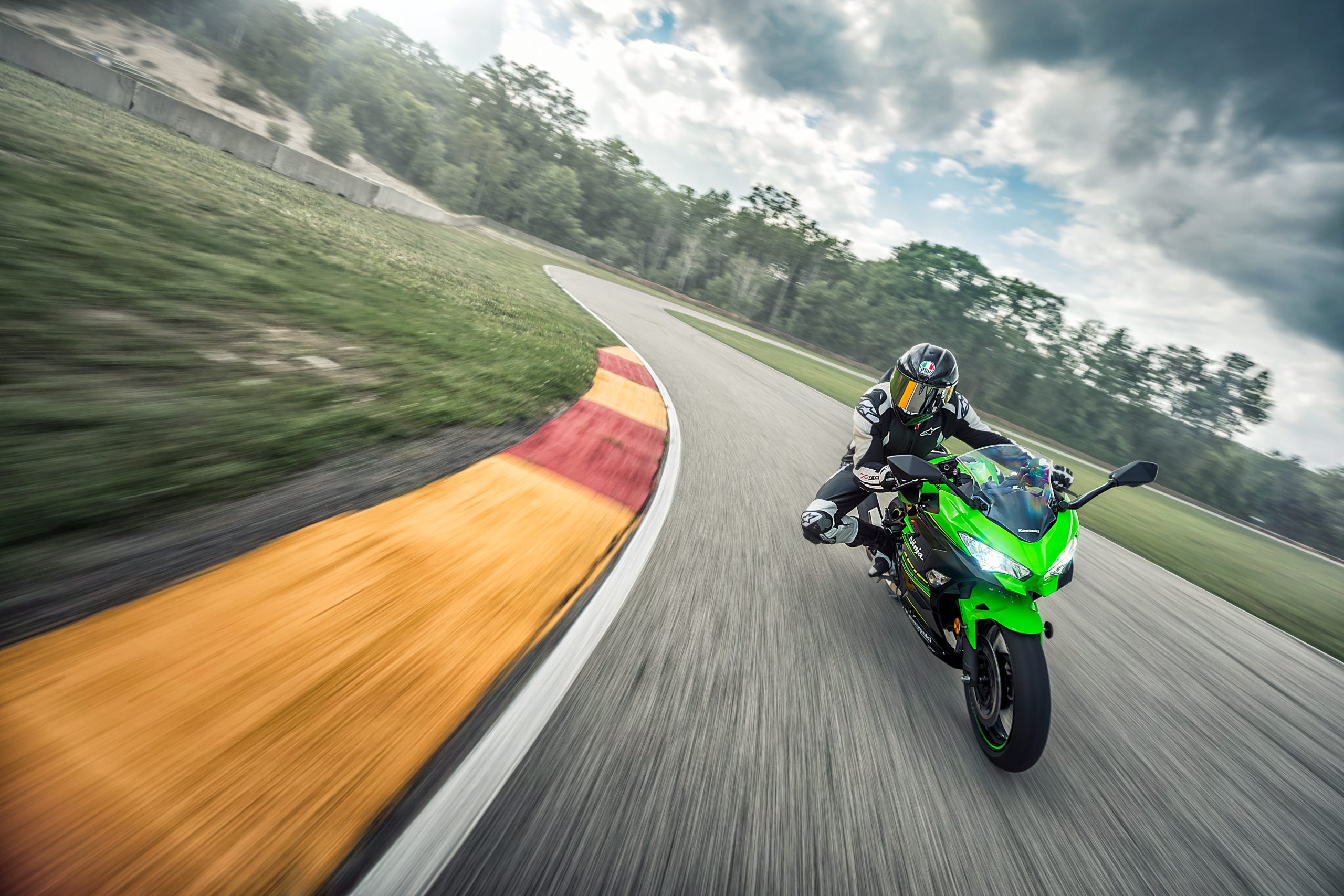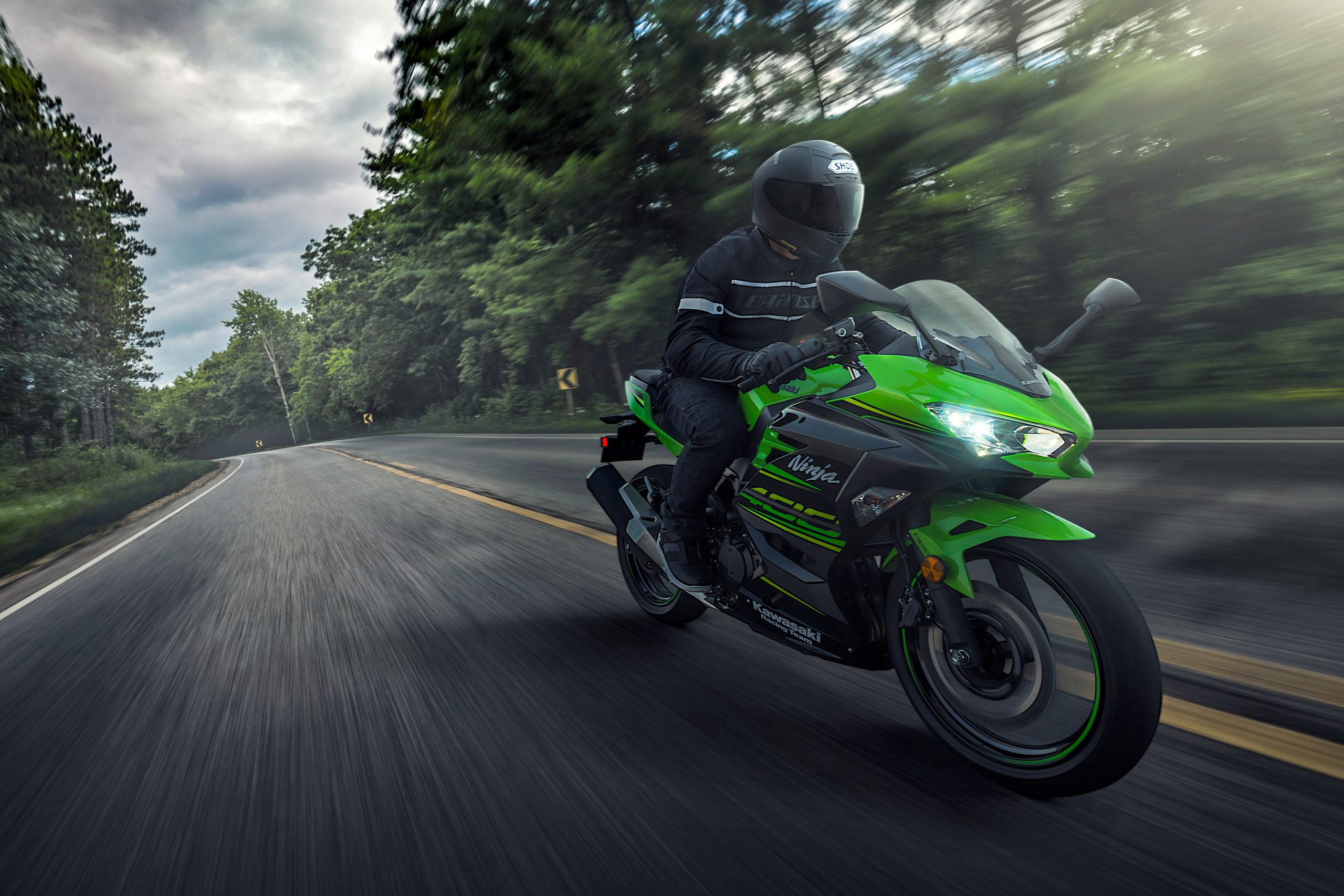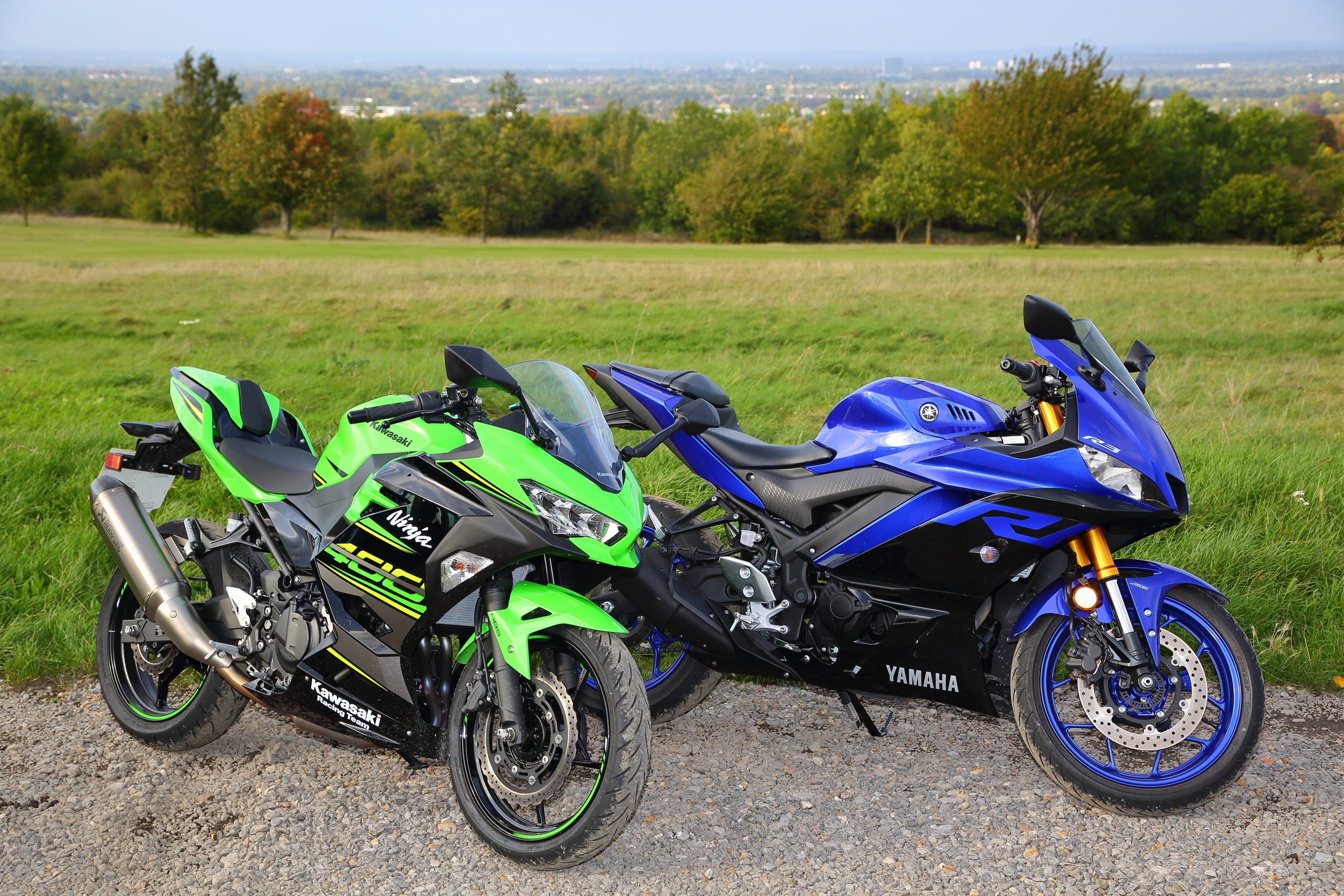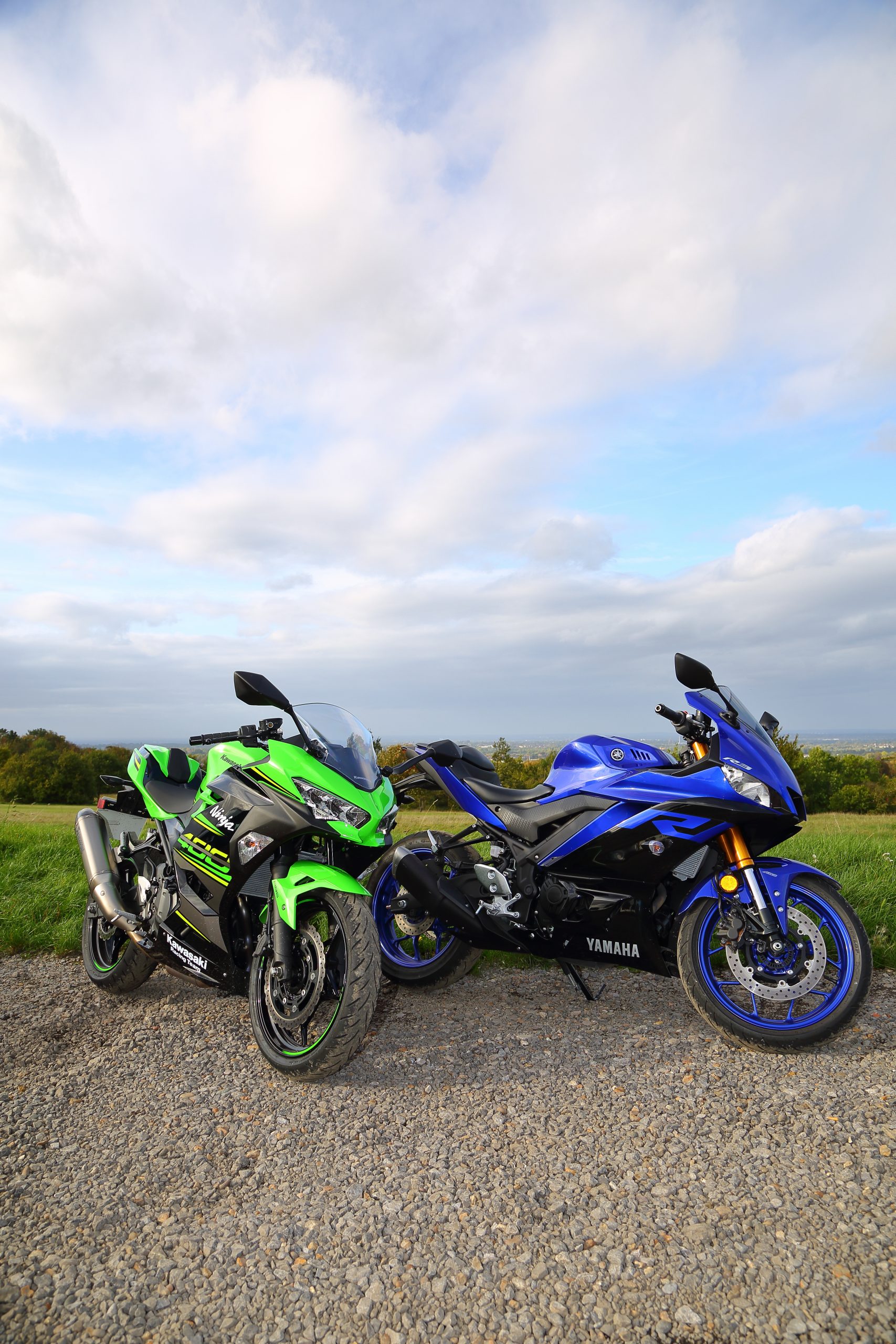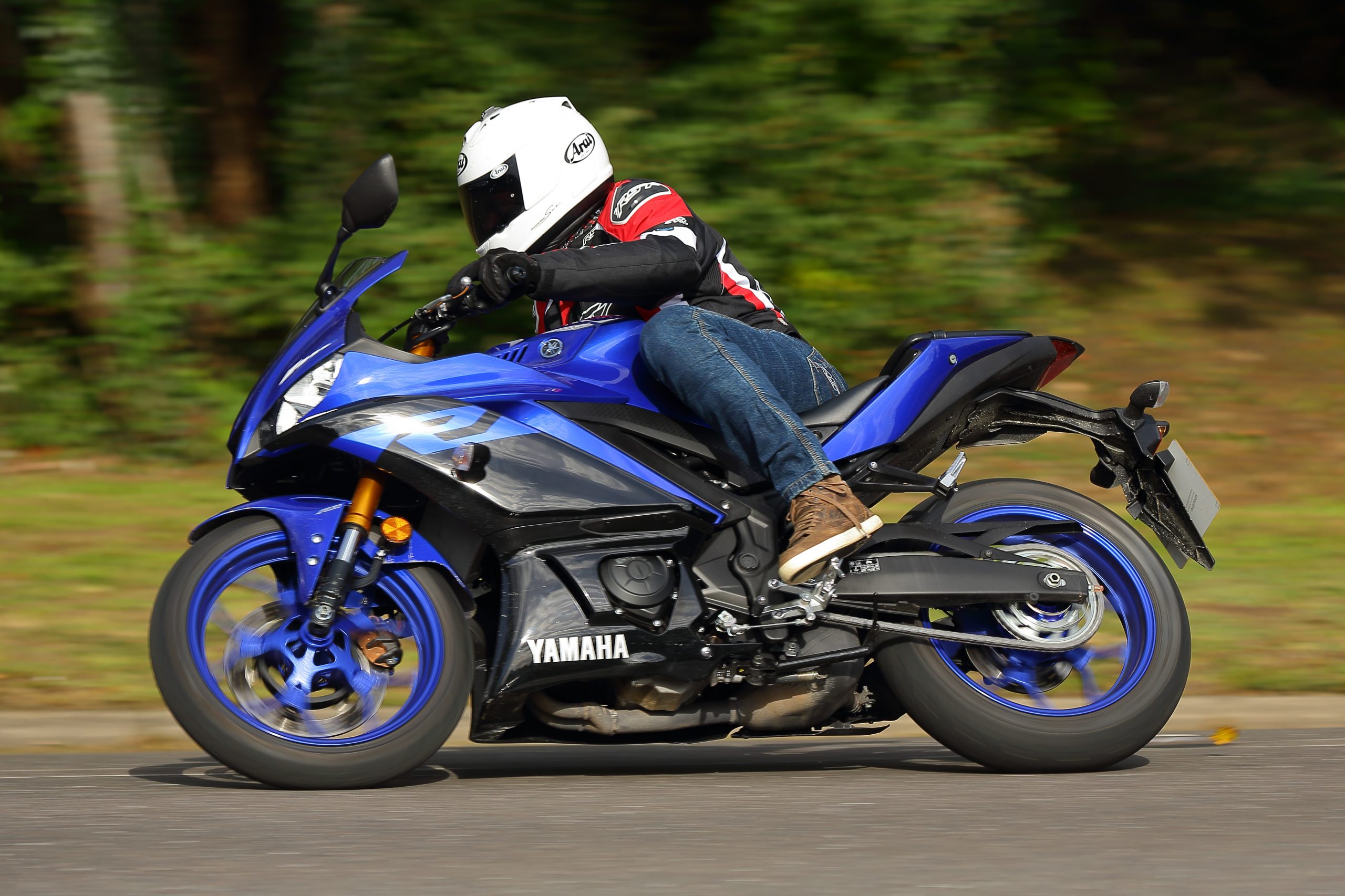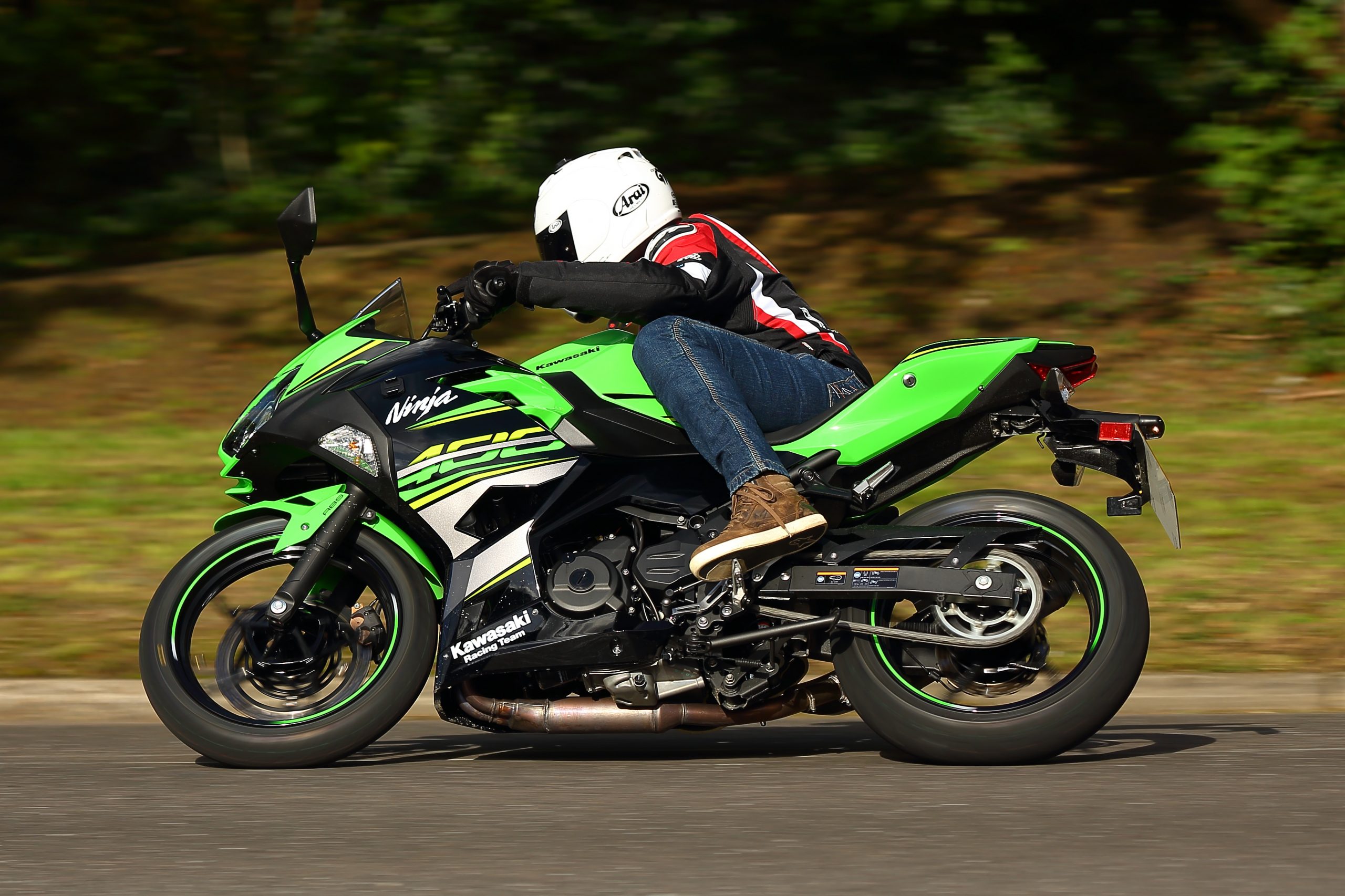A2 shootout!
The A2 licence class has never been more important – or more interesting. We took two of the best – Kawasaki’s Ninja 400 and the Yamaha YZF-R3 – for a couple of weeks daily riding around London and the South-East. How did we get on? Let’s find out…
At a time when the popularity of sportsbikes is at an all-time low throughout most of Europe, the re-introduction of cheap-but-desirable small-bore sports machines could be seen as something of a faux pas. Just build more naked and adventure machines surely?
But then it could also be seen as an inspired move; a way to stir the loins of the millennial A2 licence-holder in much the same way the four-cylinder 400cc screamers offered 1990s riders a ticket into the then-popular race replica market, without the need to sell a kidney to cover the insurance on a 600 or 750. Add in the global advantages of building them cheaply in today’s developing markets, then also selling them to upwardly-mobile riders there, and you have a sure-fire winner (in theory at least…)
Now, the latest crop of entry-level, A2-licence-friendly sportsbikes are clearly less costly to produce than those miniature superbike replicas of the nineties. Yet the latest technology means that while they produce a little less power (dictated by the rule-makers, not the engine designers) the parallel twin configuration delivers more in the way of low-down torque, developing its power in a linear, progressive fashion. For newer riders and those looking to commute, it makes for a bike that’s very easy to ride — more flexible than focused, more road than racetrack.
Indeed, both the R3 and Ninja 400 have riding positions to match their motors’ characters. Neither are exactly ‘sit-up-and-beg’, but a good few degrees more comfortable and practical than the head-down-arse-up posture of those early 400s.
The capacities may differ with the Yamaha sucking, squeezing, banging and blowing its way through just 321cc while the Kawasaki has been blessed with 399cc. The R3 also gets more modern looking inverted forks while the Ninja 400 gets conventional telescopics. But the similarities between the two are such that with a little regulation manipulation to create parity, a whole new world championship class was devised for 2017, the World Supersport 300 series.
KTM also takes part in this World Superbike support class with its 390 single; Honda’s CBR500R is eligible (though only one team and rider choose this machine); and, of course, the Yamaha R3 and Kawasaki Ninja 400 with the latter two having both won titles. Yamaha was first in 2017 with Marc Garcia, followed by Kawasaki in 2018 and 2019 — famously with Ana Carrasco becoming the first female world champion motorcycle racer in history — and Manuel Gonzalez taking top honours in 2019. All young, light and Spanish. So we decided to put two slightly older and heavier Brits on their backs to see how they fared in the Surrey Hills — a far cry from the sun-baked racetracks of the WSBK calendar…
Despite economics dictating that the Ninja 400 and the R3 are produced in India and Indonesia respectively, the build quality is better than you might imagine. Sure, once you peek behind the lustrous and well-finished fairings, the simplicity of what lies beneath could be considered disappointing. Frames are basic and the swinging arms are really nothing fancy. The front brake on each machine consists of a lone twin-piston sliding caliper biting on a single disc, the forks are completely non-adjustable and the rear shock absorbers can only be adjusted for preload, to cater for heavier riders or those looking to take a passenger.
Call it function over form, if you like, but both bikes are so well dressed that from the saddle there are few signs of cost savings. Both feature instrumentation that would have been considered cutting edge on any bike just a few years ago and the cockpits are tidily finished.
On the move both need a little winding up to make swift progress, but then maintaining momentum is what these little bikes are so brilliant at. Both use the same skinny Dunlop tyres. Without the need to deal with either huge horsepower or too much weight, these can be made with supple carcasses and soft compounds. The result is confidence-inspiring handling in all weathers and a fast, yet stable, steering machine. For the novice or townie it’s absolutely ideal.
The Kawasaki is a little more brisk than the Yamaha thanks to its extra 78 cubic centimetres and during the roll-on acceleration tests, it didn’t matter who was riding what, or who was carrying the heavy camera bag, the Ninja 400 always had the edge, especially towards the top end of the rev range.
The green machine also has better brakes. Law dictates that both have ABS so you can merrily squeeze the lever as hard as you like, regardless of the conditions without any fear of locking up, but I’d say the feel and power from the Kawasaki’s front brake is a good 15 per cent up on the Yamaha’s.
Corner entry is where these little bikes need to work well and while the Ninja has an edge with stronger brakes and better support from its more traditional RWU forks, the R3 feels just as comfortable carrying speed and laying it into a turn. Both are fast-steering and can hold a tight line while mid-corner corrections fail to upset either of the bikes’ svelte chassis and relatively soft suspension — sprung for slightly more youthful physiques, we’re guessing…
Our test period was over two weeks of very mixed weather. Of course, we’d have preferred wall-to-wall sunshine but it did give us the opportunity to see how these bikes handle in all conditions — and it’s fair to say both bikes surprised us with how capable they are. Sure, we’re spoiled and get to ride all sorts of exotica but we were both still whooping and giggling our way round some slippery Surrey lanes on these ‘starter’ bikes and blustering to each other at the café stops with the same kind of enthusiasm we’d muster for each bikes’ 1,000cc big brother.
For newer riders these bikes are perfect — manageable power, forgiving handling but still good-looking enough to impress your mates. With the recently formed World Supersport 300 class bringing even more kudos to these little bikes, we reckon we’re about to see them get even better. Just imagine, SP versions with twin-discs, fully adjustable suspension and the option to increase the power for those with a full licence or for track use…
AL’S VIEW
I almost felt a wee bit sad for the R3 during this test. That’s because, bluntly, the Kawasaki gives much more performance from its bigger 399cc engine. It’s a bit like the 600s tests of the mid-2000s, where the ZX-636R would relentlessly kick the arse of the 599cc competition, thanks to the mild gamesmanship going on in the engine design department at Kawasaki Heavy Industries…
Now, 78cc doesn’t sound like much, but it’s a 24.3 per cent increase in capacity over the 321cc Yam. The power increase is much smaller, just 3bhp at the top end, but peak torque is 6ft lb more on the Ninja, and at 1,000rpm less than the Yam. And it’s that extra grunt all through the revs which makes the difference on the road.
My sympathy for the R3 underdog didn’t last long though. Firstly, because it’s a great little bike, that can hold its own in this fight. Sure, in a traffic-light GP against the Ninja it always came off worst, but in normal riding on twisty back roads, it’s good fun. As with those mid-noughties 600s class tests, you need to rev it a bit more than the Kawasaki to get the same amount of shove, but the motor is more than willing to go along with these shenanigans, and responds well to plenty of gear changes.
Away from the engine, the chassis is definitely on par with the Kawasaki. It’s got the same light, nimble agility, yet doesn’t have the skittishness you get on less sorted mini-bikes. The riding position is also spot-on; not too committed, but just aggressive enough so you know you’re on a sporty machine.
Suspension is well set up even for my early ‘winter-plumage’ frame, and both bikes use the same Dunlop GPR300 rubber, which is nice and grippy for a budget road tyre. And when you’re riding around day-to-day, stuff like the dash, mirrors and switchgear all works nicely enough (except for the silly swapped indicator/horn buttons…)
There is a but though – the brakes are much poorer than the Ninja’s stoppers. They both use a two-piston sliding caliper, but the Kawasaki has a 12mm larger diameter disc. Whether it’s the larger disc or the different caliper design, the fact is the 400 has masses more stopping power and feel. Blatting around some fast dual carriageway in West Sussex, with a load of roundabouts, the R3’s brakes felt weak compared with the 400, with less feel and feedback too. The Yam’s caliper is basic enough – and the budget-spec master cylinder also looks like it’s come off a 125 scooter rather than a peppy little pocket rocket.
I’m being a little picky here though – ridden in isolation, the R3’s brakes are fine, and with the decent ABS system as a safety backup, you’re more than sorted for stopping on the road. It’s only the excellent Ninja 400 setup which shows it up when you jump straight off one to the other.
The other reason why I’m not feeling too sorry for the R3 is that Yamaha could, of course, build a 400 of its own. Kawasaki had to bite the bullet last year, and design an all-new engine after its 250cc-based motor couldn’t go any further. The Ninja 300 lump actually traced its roots to the Japan-market GPZ250R of the late 1980s, and while the Yamaha motor isn’t quite as ancient, 321cc is a weird capacity, and a sign that they’re pushing a smaller lump to its limits. Get a new 399cc twin (or a four…) into the CAD machine and cheer us all up for next year!
Speaking of cheering us up, both these bikes are corking little sporty roadsters, and really made me smile for the few hundred miles I spent on them. They re-ignited my passion for sports bikes a bit: I’ve spent so much time on naked and adventure styled machines of late, that my sporty side was missing out. This pair of cheeky little sportsters were a top laugh though, easy to ride, with solid performance – all without costing a fortune to buy or run.
Either would make a great practical, fun ride, livening up your daily commute and providing plenty of laughs on weekend blasts. If you’re a new rider moving away from a 125, then there’s plenty here to hone your skills on. And if you’re a more experienced rider looking for a cheap, easy mini-sportster, you might be surprised just how much fun you can have on one of these. Compared with bigger-bore machinery, you can get much closer to the edge of a 400-class twin’s performance. Even on the road, you can slam the throttle open to the stop, winding every last rev out of the engine – yet not be smashing the speed limits (not too badly anyway…)
And if you do get onto the odd intermediate-group trackday, there’s plenty of scope for fun too, depending on the circuit. Okay, Silverstone GP would be a bit of a drag, but Cadwell Park or Brands Indy would be a hoot: fiddle with the tyre pressures, maybe fit some performance brake pads, add some R&G crash protection and you’ll be all set. Passing poorly-piloted litre bikes on the brakes after they’ve blasted past you on every straight? We can’t imagine anything more fun…
If I had to pick one though – it would have to be the Ninja 400. The extra engine and brake performance can’t be discounted, and it looks fantastic too. The R3 isn’t far behind, and if I was a Yamaha product planner, I’d already be kicking in the R3 project leader’s door, looking for an R4 with a proper brake setup. Add in an extra 79cc of capacity, a radial brake caliper (maybe off the similar R125) and larger disc, and the Ninja will have a fair old battle on its hands for 2021.
SPECS
Yamaha YZF-R3 Specs
Price: £5,299
Engine: 8v parallel twin, DOHC, liquid cooled, 321cc
Bore x stroke: 68×44.1mm
Compression ratio: 11.2:1
Max power (claimed) 42bhp@10,750rpm
Max Torque (claimed) 22ft lb@9,000rpm
Transmission: six speed gearbox, wet slipper assist clutch, chain drive
Frame: steel tube diamond type
Front suspension: 37mm USD KYB fork
Rear suspension: Aluminium swingarm, KYB monoshock
Brakes: 298mm disc, twin-piston sliding caliper (front), 220mm disc, single-piston caliper (rear), ABS.
Wheels/tyres: Cast aluminium/Dunlop GPR300T, 110/70 17 front, 140/70 17 rear
Rake/trail: 25°/95mm
Wheelbase: 1,380mm
Kerb weight (fully fuelled): 169kg
Fuel capacity: 14 litres
Rider Aids: ABS.
TECH HIGHLIGHTS
Engine
Smaller than the Kawasaki – a 321cc parallel twin with eight valves, DOHC head, liquid cooling and 68×44.1mm bore and stroke. Peak power output is around 42bhp, 3bhp down on the Ninja 400.
Frame
Like the Kawasaki, we have a fairly simple steel tube frame – but a ‘diamond’ type rather than the Kawasaki’s trellis design. It’s cheap to make, stiff and resilient and fairly light.
Suspension
Rather than the conventional right-way-up fork on the Ninja, the R3 boasts a smart 37mm upside-down front fork. There’s still no adjustment, but the damping and springing were new for 2019.
Brakes
Fairly basic twin-piston sliding caliper up front, biting on a 298mm disc, which is a little disappointing. The Ninja has a larger disc and works far better.
Fairing
Yamaha’s gone for an ‘M1-style’ air intake, and new LED lighting all round, which is a high-level design. Aerodynamics are good, with a nine per cent cut in drag over 2018, giving a claimed top speed of 118mph.
Cockpit
The dashboard has a decent-spec monochrome LCD display, with a bar tacho, gear indicator, shift light, clock and proper fuel gauge.
Design and quality
Yamaha produces the R3 in its Indonesian factory, and has given it a pretty decent build quality. The only minuses come from the basic front brake master cylinder and lever, and the front brake caliper. Bodywork and chassis parts like the top yoke, fuel cap and mirrors are all nicely done.
Kawasaki Ninja 400 Specs
Price: £5,699
Engine: 8v parallel twin, DOHC, liquid cooled, 399cc
Bore x stroke: 70×51.8mm
Compression ratio: 11.5:1
Max power (claimed) 45bhp@10,000rpm
Max Torque (claimed) 28ft lb@8,000rpm
Transmission: six speed gearbox, wet slipper/assist clutch, chain drive
Frame: steel tube trellis type
Front suspension: 41mm RWU fork
Rear suspension: steel box-section swingarm, preload-adjust monoshock
Brakes: 310mm disc, twin-piston sliding caliper (front), 220mm disc, dual-piston caliper (rear), ABS.
Wheels/tyres: Cast aluminium/Dunlop GPR300, 110/70 17 front, 150/60 17 rear
Rake/trail: 24.7°/92mm
Wheelbase: 1,370mm
Kerb weight (fully fuelled): 168kg
Fuel capacity: 14 litres
Rider Aids: ABS.
TECH HIGHLIGHTS
Engine
The Ninja 400 got a corking new motor when it went up from the 300, and it gives great performance for its size/cost mix. All the high tech you want: oval fuel injection bodies, big valves, machined balance shaft, forged camshafts and ceramic plated cylinder bores.
Frame
Steel tubing rather than cast aluminium, but modern design and manufacture techniques means it’s light, stiff and tough, at low cost, so spot-on for this type of bike.
Suspension
A little less fancy than the R3’s USD fork, but the 41mm RWU design does well enough. No adjustment, but that’s not a massive problem.
Brakes
The twin-piston sliding caliper up front looks a bit lame, but it works a treat. It’s matched with a large 310mm disc, and gives great stopping power, plus plenty of feel and feedback.
Fairing
Looks every bit as trick as the bodywork on the larger Ninjas, especially in this KRT replica paint. Easily confused for a 600 or even bigger.
Cockpit
Nice clocks with a large conventional analogue tachometer right in the middle.

